The saltwater lagoons made a sheet of rippling silver, the fringe of brown reeds gently stirring and waterfowl dotted across the surface, an occasional flock of lapwing startled into the air by some unknown alarm. Later we watched the sea birds pecking on the mudflats from the sea wall and ended our walk rosy cheeked at the RSPB Newport Wetlands Centre.
The Newport Wetlands National Nature Reserve stretches from the Severn Estuary to the mouth of the River Usk in South Wales, just 40 minutes drive “Over the Bridge to Wales” from me in Bristol. It’s one of the beautiful coastal walks in South Wales, but deserves to be better known and makes a great day out with insights into a wetland habitat and landscape that was shaped by the Romans.
This article may contain affiliate links that provide commission on purchases you make at no extra cost to you. As an Amazon Associate I earn from qualifying purchases.
Goldcliff Lagoons
Our walk in the Newport Wetlands started at Goldcliff Lagoons, where we left the cars on the side of the road near Goldcliff village and walked into the fields along a very muddy path. The area is naturally marshy but the recent rain had left the ground waterlogged, so I was glad to be wearing wellies rather than walking boots. Our guide for the walk was Andy Karran, a senior conservation ecologist at Gwent Wildlife Trust who manage and maintain the wetlands in this area, which are preserved as a habitat for birds and other wildlife.
You may also enjoy: Roman Caerleon in South Wales – Roman baths, museum, amphitheatre and more!
The Goldcliff Lagoons were created in the 1990s at the time when the Cardiff Bay Marina was being developed and were designed to replace the wildlife habitat that was being lost in the development. The three shallow saline lagoons are surrounded by an electric fence to keep out predators and provide a safe haven for the migrating birds that nest here in springtime, close to the mudflats on the other side of the sea wall where they can also feed.
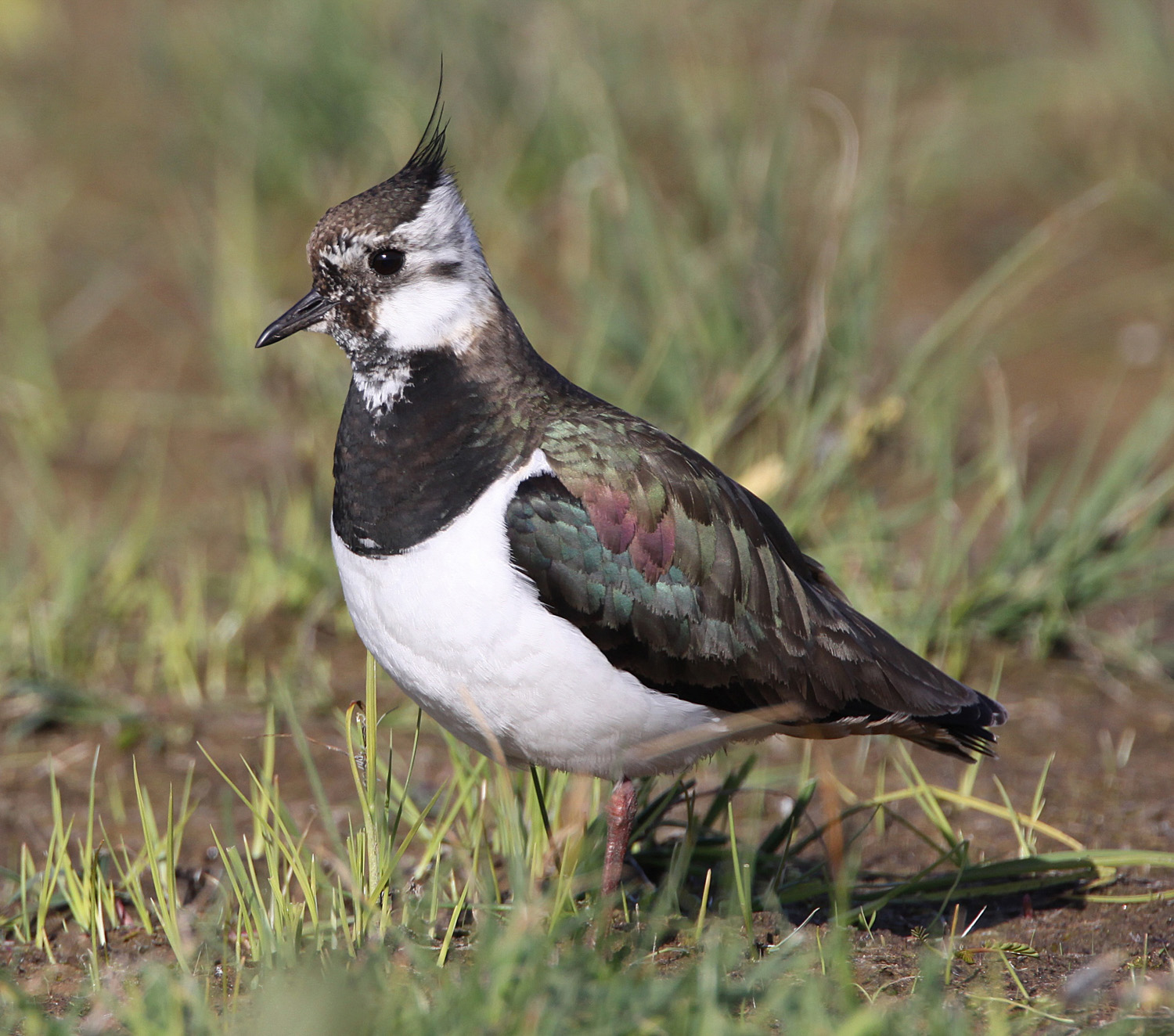
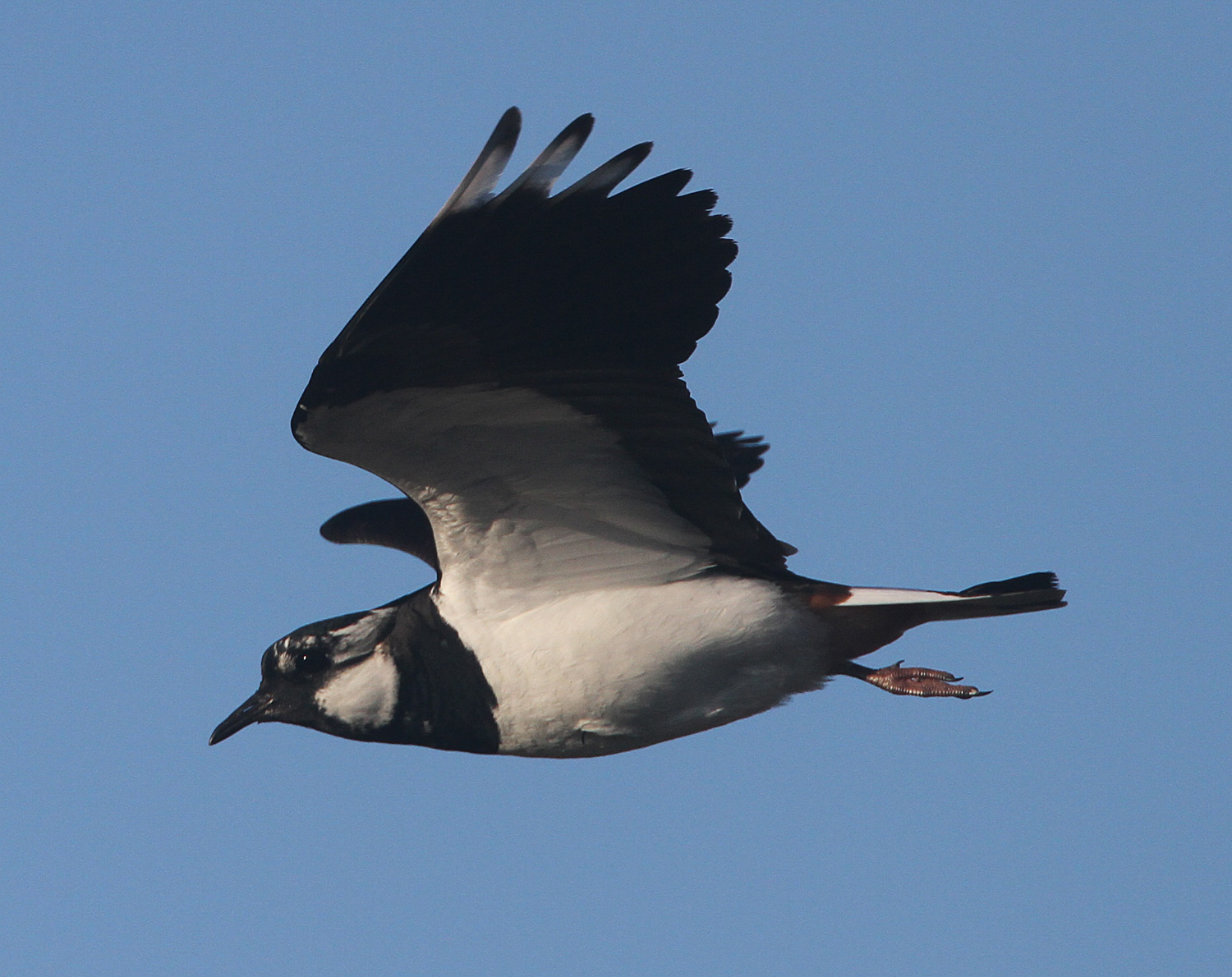
Andy took us in turn to the different hides and shelters at each of the lagoons that provide a good vantage point to watch the birds, although you do need binoculars to get the best view of them. Above us the lapwing was wheeling and tumbling, making a display to attract a mate and the other waders and wildfowl could be seen in groups on the lagoons. The Canada Geese and ducks such as the Shelduck, Teal, Wigeon and Shoveler love to shelter here, feeding off the invertebrates that live in the mud and saltmarsh.
Read more: A scenic walk in the South Wales Valleys and the Valleys walking festival
In autumn and winter the wetlands are home to migrating birds that arrive from Scandinavia and northern Europe to overwinter here in the sheltered, milder climate. The Newport Wetlands are also the only place in south Wales where the Avocet breed and the previously rare Little Egret is also making its home here. When we spotted the tiny white Egret in the field, Andy told us ” Thirty years ago you’d have had crowds of people down here excited at seeing them, but now they are more common breeding on the levels.”
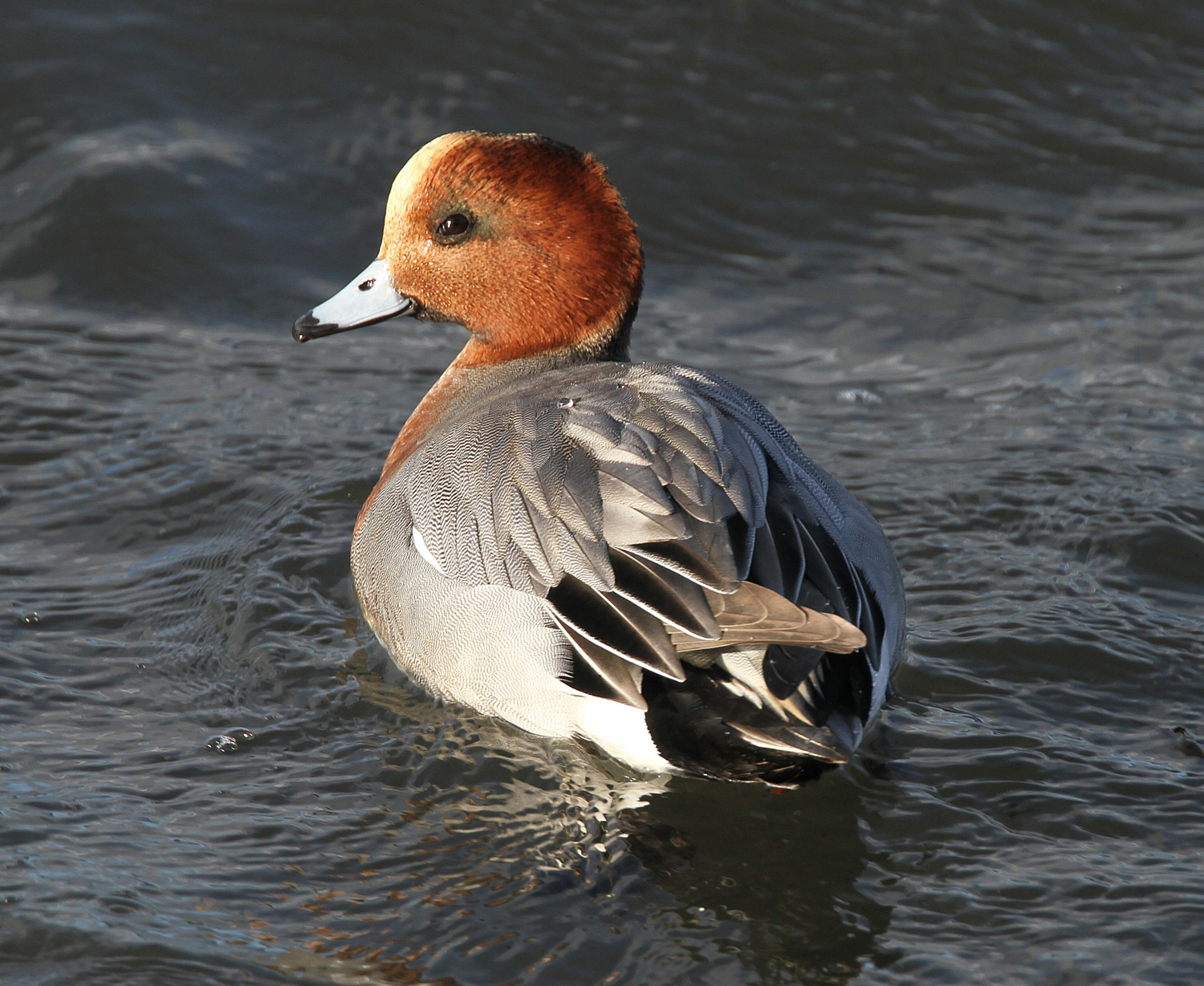
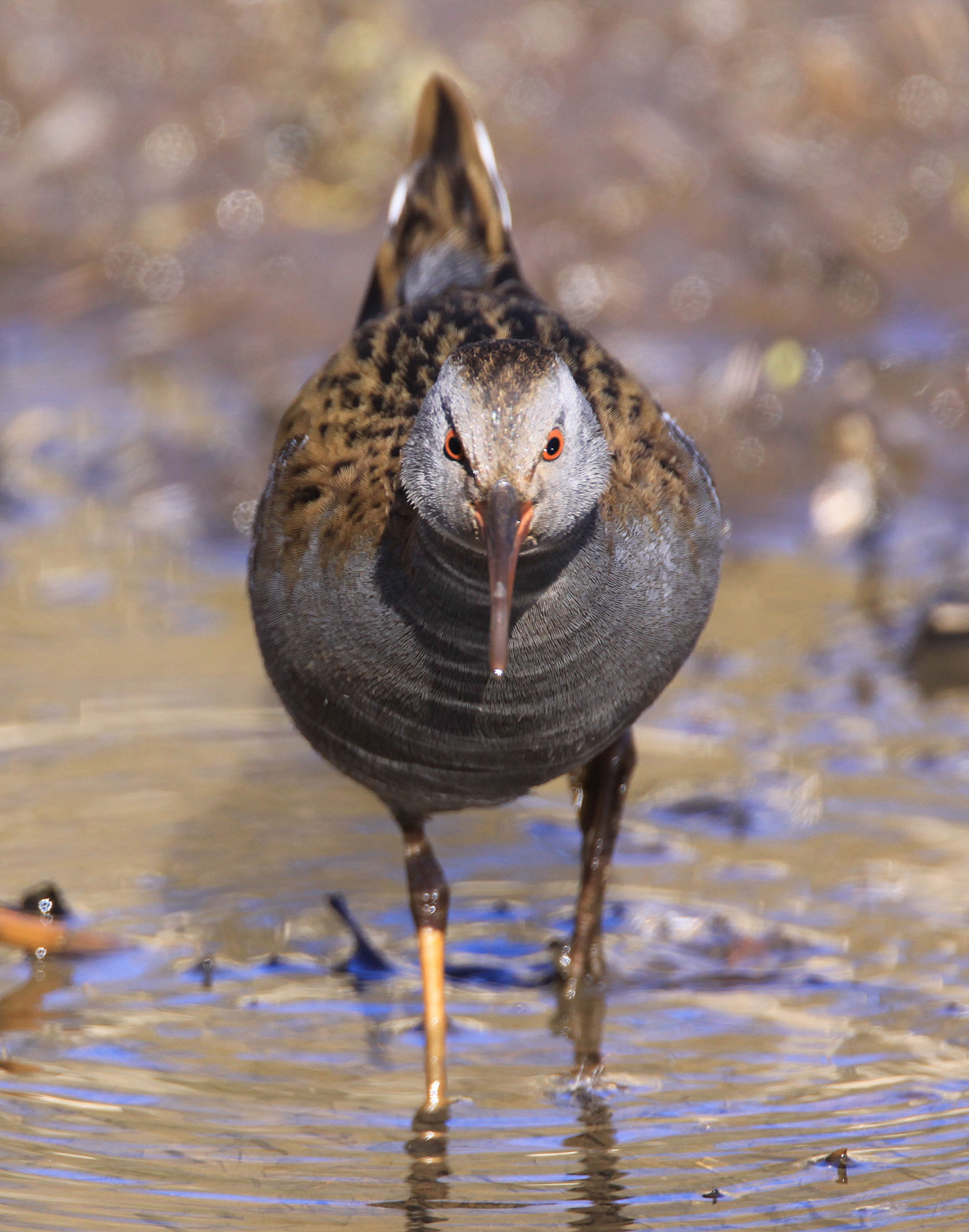
I have to admit that although it was a beautiful day to walk through the wetlands, the wildfowl and birds that we saw were mostly specks on the water unless you had a powerful pair of binoculars, but it was Andy’s enthusiasm and knowledge that brought them to life for us.
You may also enjoy: Exploring the Wye Valley: In the footsteps of Gilpin’s Wye tour
Andy explained how the farmers would traditionally maintain the ditches known locally as Renes and the Grips that are shallow grooves made in the field to aid with drainage. The Gwent Wildlife Trust works with the farmers to operate a system of sluices to adjust the water level in the drainage ditches and maintain a constant water level in the lagoons, to ensure a safe habitat for the nests.
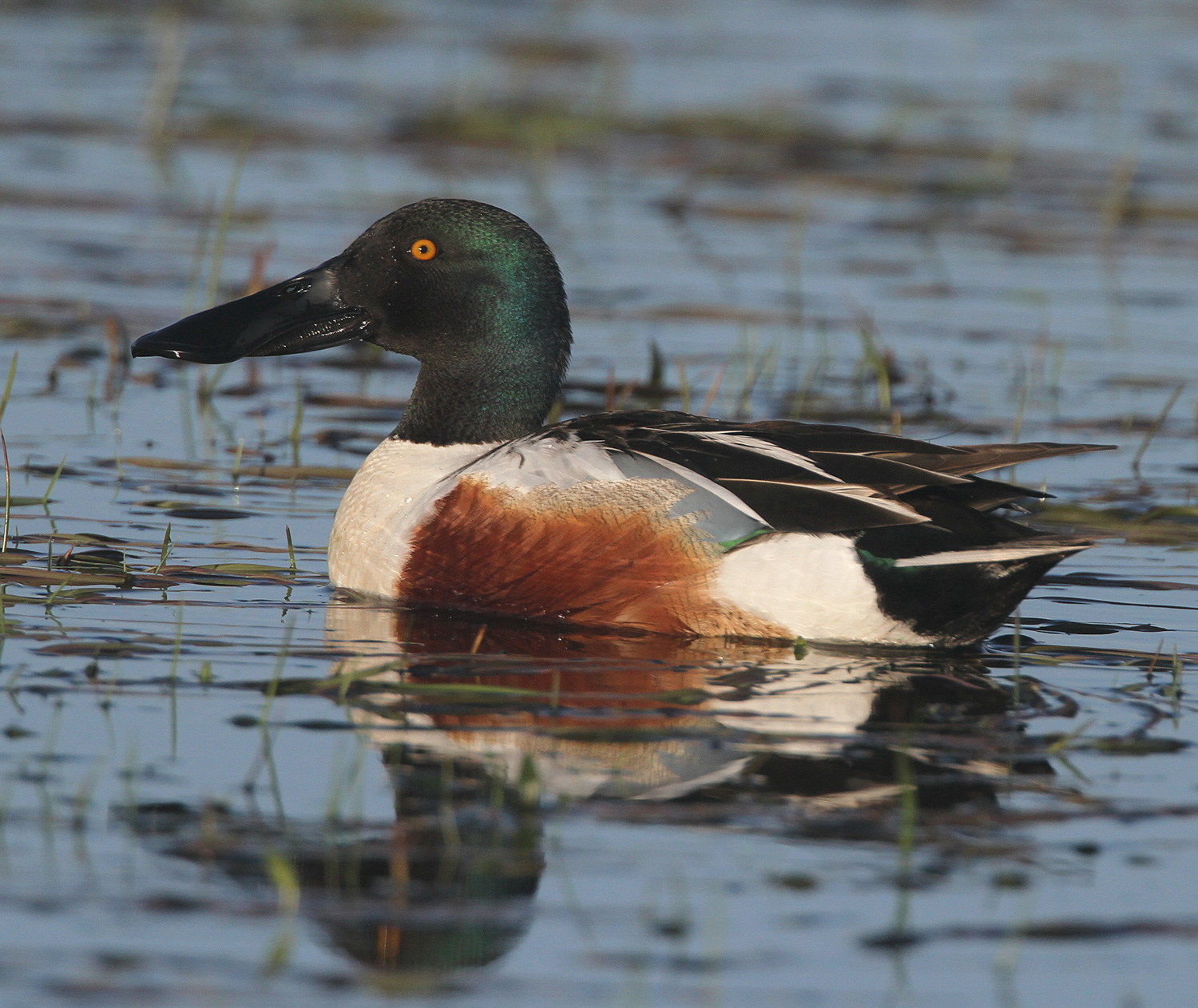
We also walked up to the sea wall, which was first created in Roman times and later kept up by the monks at the Medieval Goldcliff Priory who owned all this land, to ensure that the valuable grazing land was maintained and protected from sea flooding. Although the Wales coastal Path runs through here, we could not follow it directly along the sea wall since it was blocked off to protect the wildlife habitat, so we backtracked to the road to continue our walk through the fields.
The Gwent Wildlife Trust run regular walks and events during the year and having an expert to tell us about the wildlife made a big difference, so I’d highly recommend taking a look at what’s happening on the Gwent Wildlife Trust Events Page.
More info: Goldcliff Lagoons website | Address: Goldcliff Road, Newport, Gwent., NP18 2AX | Open and free entry |Website: www.gwentwildlife.org |Facebook: www.facebook.com/gwentwildlife Twitter: @gwentwildlife
Walking along the sea wall
Our walk followed the Wales Coastal Path and we traced the line of the coast, even though we were not actually standing on the sea wall that ran beside us. At times we walked on the road for short distances, through the village with old orchards by the side of the road. Like the Somerset Levels, this area was once a big apple and cider growing area as there seems to be some affinity between the wetland areas and orchards of apples and pears.
The Sea Wall sits above the level of the mudflats that are exposed at high tide, providing a feeding ground for the birds and wildlife. With the maintenance of the drainage ditches there does not seem to be any problem with seasonal flooding in this area, although without the sea wall, the sea and mudflats would encroach much further inland at high tide. The name Goldcliff, Andy explained, comes from the band of mica in the sea cliff that would have glistened in the sunlight when seen from the sea.
You may also enjoy: Roman Caerleon in South Wales – Roman baths, museum, amphitheatre and more!
As our path took us onto the top of the sea wall, we could see a row of posts making a line into the sea, which were used for a traditional fishing method. The Putchers or wicker baskets were tied to the posts and submerged at high tide, catching fish such as salmon that were swept into the fish trap with the water. This traditional form of Putcher Fishing would have been common in Medieval times and was still being practiced up to the 1990s when the fishing rights were owned by Eton College and the salmon was served at breakfast.
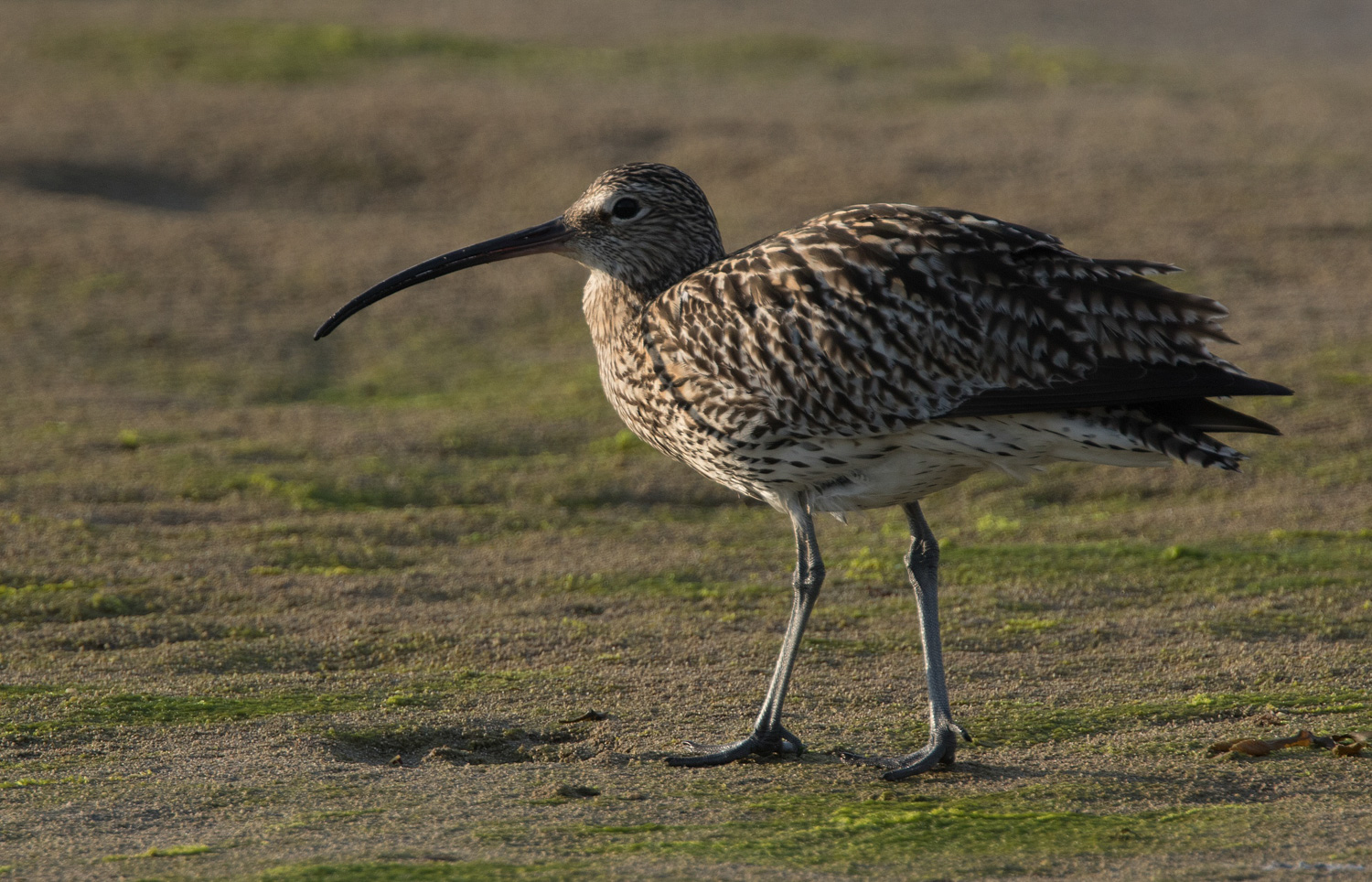
Walking along the sea wall, we passed a dense section of reed beds that are a habitat for many more birds such as the “booming” Bitterns. In places the walkways take you closer into the reeds, but as Andy explained, most of the birds living there are quite good at staying hidden, so it’s better to use your ears rather than your eyes to listen for the birdsong.
Before we turned into the area surrounding the RSPB Newport Wetlands Centre, we passed the East Usk lighthouse. Built in 1893 it’s one of a pair on each side of the River Usk, to guide shipping into what was once the busy port of Newport, sending Welsh coal and iron ore all over the world. The East Usk Lighthouse continues to flash today and is matched by the West Usk Lighthouse which is larger and also available to book as holiday accommodation, also recently featuring in the Dr Who TV series.
You may also enjoy: 16 fun things to do in the South Wales Valleys
RSPB Newport Wetlands Centre
The walk now took us away from the sea wall as we cut through the reed beds on a metal walkway that took us to the RSPB Wetlands Centre. The centre sits within the Newport Wetlands Nature Reserve and provides visitor information, a shop and cafe which are free to enter, as well as a large car park that costs £3 for non-members.
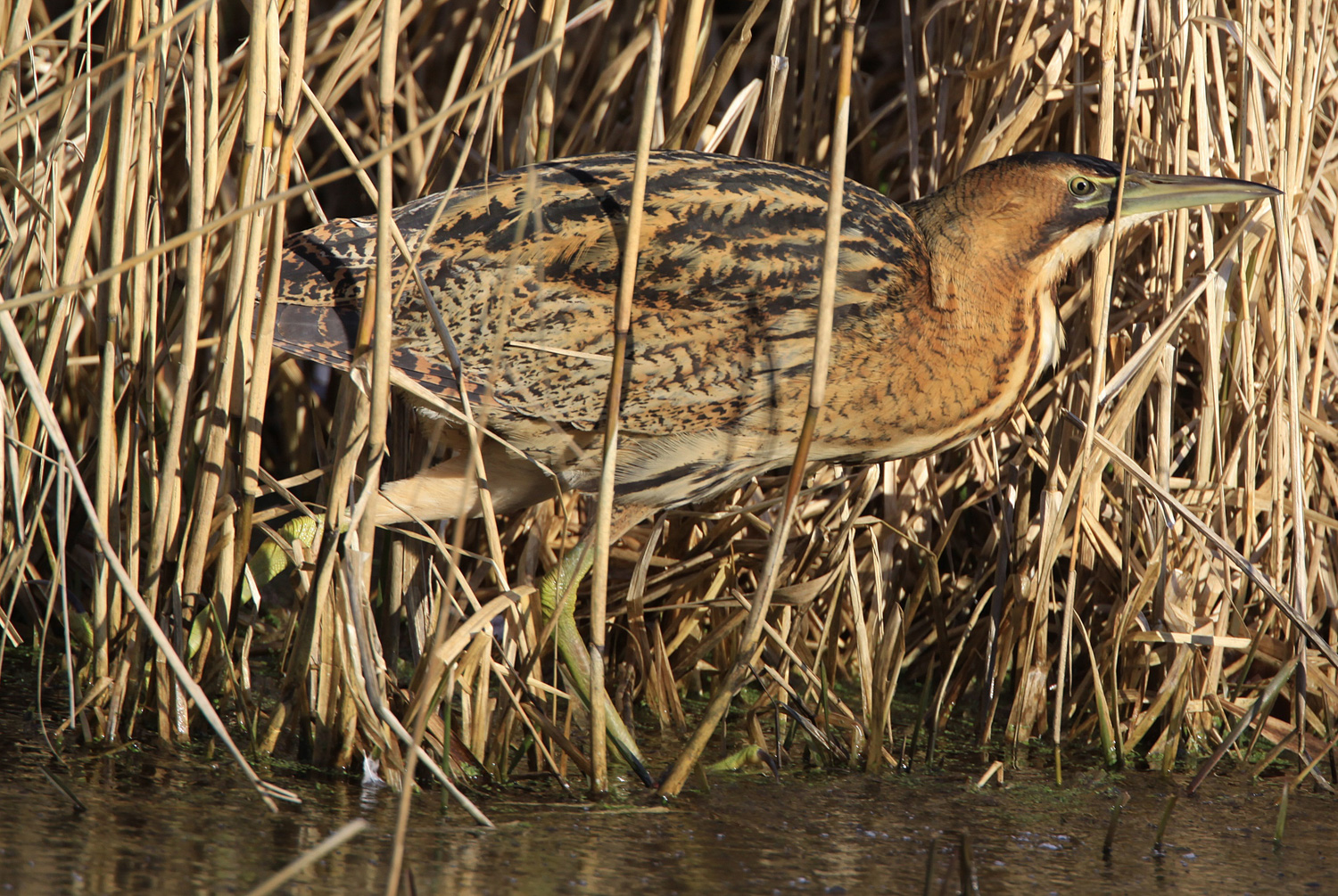
There’s a trail map that you can download or find in the visitor centre, showing the different walking trails, such as the pushchair friendly sculpture trail, the orchid trail with blooms in early spring to late summer and the Woodland and estuary trail through the reedbeds.
The walkway through the reedbeds made a particularly interesting walk, with water channels cut through to allow visibility of some of the birds and a different habitat for those that live on the water’s margins. This could be where you spot the secretive bittern although you’ll need to have sharp eyes since their brown mottled markings enable them to blend in seamlessly with the reeds.
You may also enjoy: 12 Breathtaking things to do in North East Wales
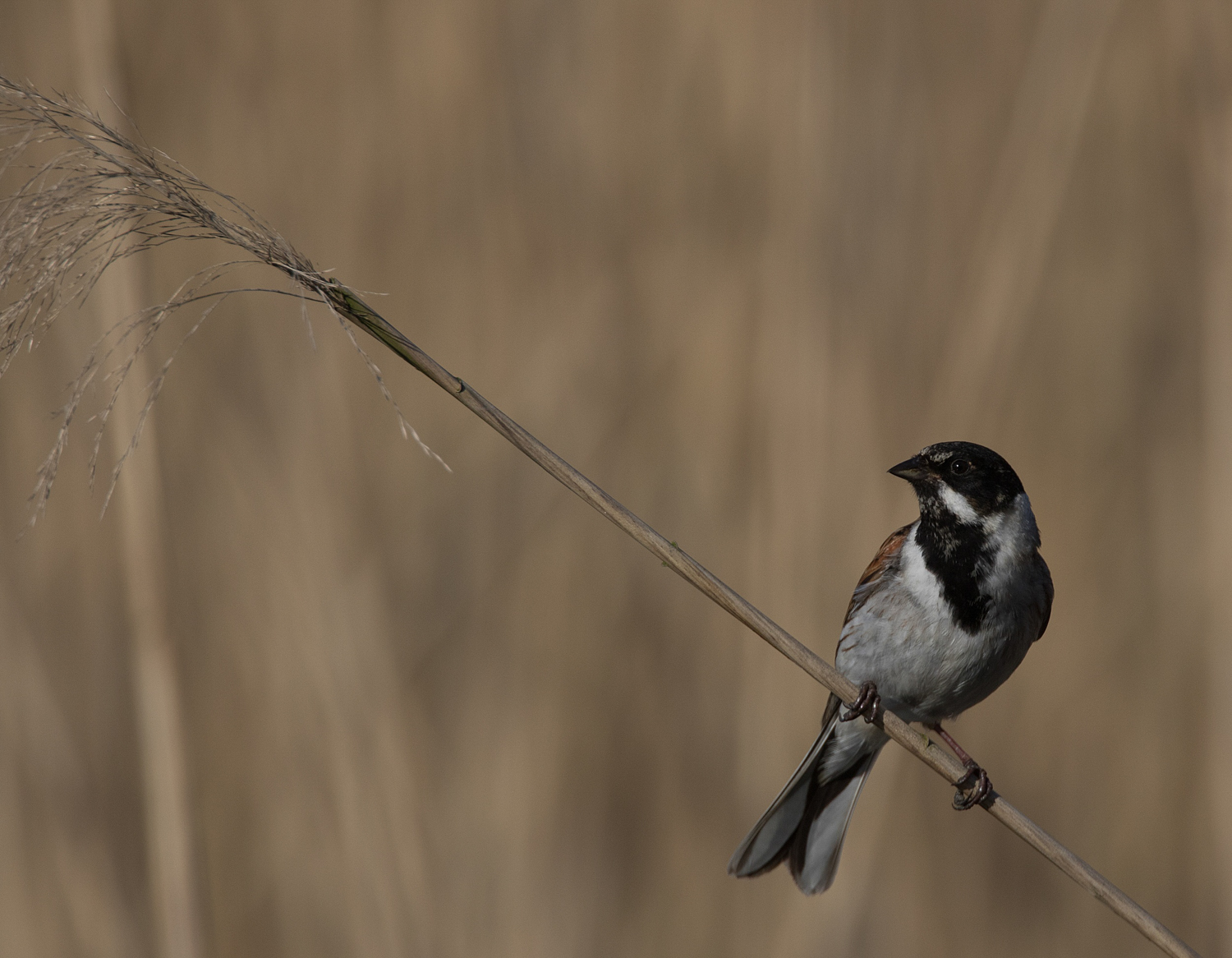
Within the centre, there’s plenty of information about the birds and wildlife, with updates from expert volunteers on what’s been seen lately in the reserve. Within the cafe where we stopped for lunch, we had a fantastic view through the floor to ceiling windows, of the birds swooping around coming into the bird feeder and the kestrel chasing after them.
The cafe serves hot and cold drinks, sandwiches and a daily selection of hot dishes, such as the traditional lamb caul or meat and vegetable stew that I tried, which was delicious with crusty bread and butter.
The centre is very family friendly, with child meals in the cafe and Wildlife Explorer Backpacks to hire as well as other activity sheets.
More info: RSPB Newport Wetlands Centre Website | Address: Nash Rd, Newport NP18 2BZ | Open Daily 9am – 5pm | Cafe open 10am – 4pm | Instagram: @rspb_love_nature | Twitter: @Natures_Voice | Facebook @RSPBLoveNature
This is where our walk through the Newport Wetlands ended, taking us around 3 hours, although the first hour of that was spent birdwatching in the different hides at Goldcliff Lagoons. I’d highly recommend visiting the Newport Wetlands for some walking and fresh air, especially as it’s a free resource and open to all. I had no idea that this fascinating wildlife habitat was available so close to me in Bristol, just 40 minutes drive “Over the bridge to Wales“
Hotels near Newport: The Parkway Hotel and Spa
As I was planning some more walking on the Newport Wetlands the following day, I stayed at the Parkway Hotel and Spa Newport, a lovely 4 stay hotel at Cwmbran near Newport that’s well located for exploring the area.
The low rise, modern hotel offers a large car park at the front and drops away at the back overlooking open lawns and woodland, where there’s an intriguing Shepherd’s Hut as one of the accommodation options. The four star hotel is a popular choice for locals who love using the spa facilities, business guests from nearby offices and leisure visitors looking for an extremely comfortable base to tour the area.
The Parkway Hotel and Spa is undergoing a gradual uplift and refurbishment and I was lucky to be staying in one of the gorgeous Penthouse Suites called Manobier which has been redecorated in the new scheme. I loved the restful, muted colours that seemed to reflect the peaceful Welsh countryside and the elegant, contemporary furnishings.
My extremely spacious double bedroom with walk in closet was matched by an equally large sitting room with sofa, easy chairs and TV. I loved the thoughtful touches like the complimentary sherry decanter and some miniature paperback books in case you wanted to cosy up with a good book.
You may also enjoy: From @fourteenlocks to @RomanCaerleon: several centuries in one day
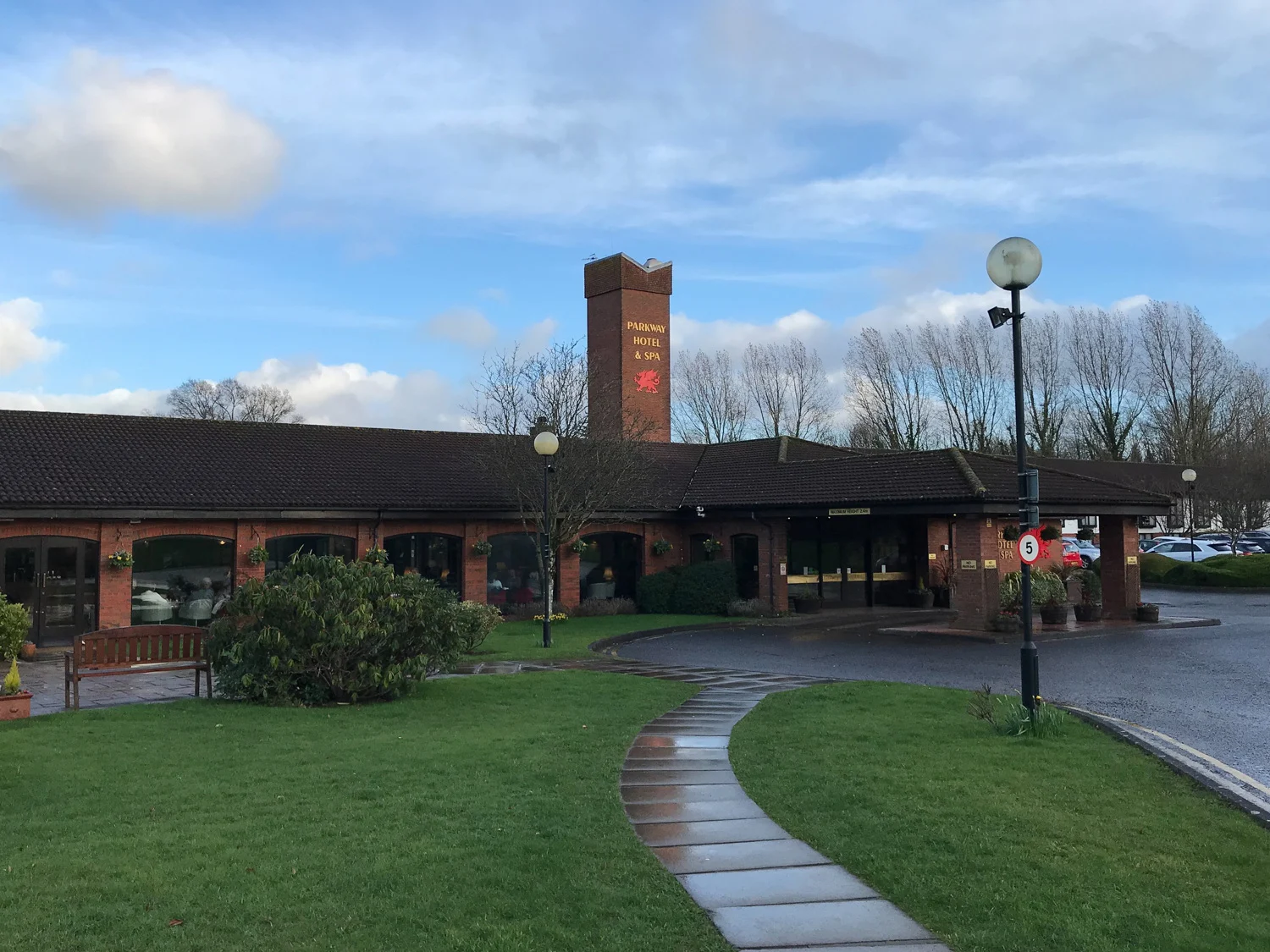
My bathroom was huge and certainly had the Wow! factor, with a freestanding roll top bath, twin sinks and walk in shower with stylish, contemporary fittings. After the morning’s walk it was a treat to sink into that bath in a cloud of delicious smelling White Company bubble bath.
Downstairs was an indoor swimming pool and spa with sauna and steam rooms which I could see from the reception area – I didn’t have time to try it out but it looked very inviting.
Dinner and breakfast were in the Ravello’s restaurant, which is light and attractive with floral displays and crisp white tablecloths. The restaurant has been awarded 2 AA rosettes and in the evening it features and excellent 3 course carvery menu for £26 with a choice of starters and deserts, while the main course was a carvery choice of beef, turkey or pork and a wide selection of roasties and other veg.
The menus features the fantastic Welsh produce, especially the local local lamb and beef and my starter was a panna cotta with broccoli and candied walnuts using the local Perl Las soft cheese. There’s a large, comfortable bar lounge with a real fire for guests and the Saturday night I was there featured live music from a pianist and singer.
I found the staff here were exceptionally warm, friendly and welcoming which is very typical of the cheerful welcome I found everywhere in South Wales. The Parkway Hotel and Spa is a great choice as a comfortable and convenient hotel if you are visiting the Newport area with easy road access to walking trails and the other attractions at Caerleon, Tredegar House and Newport Centre.
More info: Parkway Hotel and Spa website | Check prices and book for Parkway Hotel and Spa Newport | Address:Cwmbran Drive, Cwmbran, Newport, Torfaen, NP443UW |Instagram @parkwayhotelspa | Twitter @ParkwayHotelSpa | Facebook @parkwayhotelspa | More Hotels in Newport
Other things to do in the Newport area
Visit Tredegar House with the National Trust
Run by the National Trust, Tredegar House was for 500 years the seat of the Morgan family, who grew wealthy through their farming land and as mine owners. The spacious 17th century reception rooms downstairs are designed to impress with gilt and family portraits, while upstairs the bedrooms are from the 1930s when the eccentric owner Evan Morgan held parties and entertained the fashionable set at Tredegar House.
An interesting exhibition that spanned several of the rooms told the story of the Newport Rising in 1839 when 10,000 Chartists marched on Newport to demand political change and a greater political say for the working man.
The Chartist leader John Frost wrote scathing public letters to Tredegar’s owner Sir Charles Morgan in the 1820s, blaming him for disregard of his tenant’s welfare and his extravagance at a time when the working classes were starting to demand a greater share of political power so that they could achieve better working conditions.
Below stairs you can see the servant’s quarters that are laid out in Victorian style when an army of house maids, butlers and cooks would keep the large house running. The gardens and grounds are open free to the public and there were lots of interesting events happening in the barns and the orangery as part of the St David’s Day celebrations when we visited, including some owls meeting the public from the Ebbw Vale Owl Sanctuary.
More info: Tredegar House Website | Instagram @nationaltrust | Twitter @nationaltrust | Facebook @nationaltrust
Walking on the Monmouthshire and Brecon Canal
The Monmouthshire and Brecon Canal in South Wales was once a hub of industry, with two major branches built to transport the rich minerals of iron ore and coal from the South Wales Valleys to Newport, where they could be shipped around the world. We spent the morning walking the the Crumlin arm of the canal closer to Newport which connects with the River Usk, ending our walk at Roman Caerleon.
The Fourteen Locks Visitor Centre has a large car park and café, making it an ideal point from which to explore the section of canal that runs down to Newport. The centre is named for the fourteen locks known as the Cefyn flight, and two of the locks have been restored with events, walks and education days running throughout the year.
Read my my article: A guide to walking the Monmouthshire and Brecon Canal near Newport
More info: Fourteen Locks Visitor Centre Website | Address:Cwm Lane, Rogerstone, Newport NP10 9GN | Open Daily 10am – 4pm|Instagram @fourteenlockscanalcentre| Twitter @FourteenLocks | Facebook @fourteenlockscanalcentre | Parking £1 for 4 hours, £3 for 5 hours, £5 for all day
Roman Caerleon
The small town of Caerleon offers narrow streets and pretty Georgian houses, but its main claim to fame is as one of the three largest Roman garrisons of England and Wales. You can visit the site of the Roman Baths, to see the outdoor swimming pool and the remains of the bath houses, while learning about life in Roman Wales.
Also down the road in Caerleon is the Roman Museum where all the artefacts found in the archaeological excavations are on display, including a collection of 88 engraved gemstone from rings that were found in the drains of the Roman Baths. You can also visit the open air site of the Roman amphitheatre and the foundations of the barracks where the soldiers lived nearby.
More info: Caerleon Roman Fortress and Baths Website | Address: High St, Caerleon, Newport NP18 1AE | Instagram @cadwcymruwales | Twitter @cadwwales | Facebook @CadwWales | Open daily 10am – 5pm | Adult £4.50 Family £12.20 | Pay and Display Car Park
How to get to The Newport Wetlands Centre
Driving: If you are driving from “Over the bridge” such as London, Bristol, Gloucestershire or other parts of the South West, you’ll probably approach on the M4 motorway and exit at either junction 24 or 28 of the M4. Follow the A48 until you come to the Spytty Retail Park roundabout. Exit onto the A4810 Queensway Meadows. At the first roundabout take the third exit onto Meadows Road and follow the brown tourist signs to the reserve.
Public Transport:You can take the train to Newport Station and then the Number 63 bus from Newport city centre goes to the visitor centre. This is a demand responsive service. For booking details contact Newport Bus on 01633 211202
International: If flying into Wales from international or regional airports, the closest airport is Cardiff Airport. We recommend Skyscanner to plan flight routes and find the best prices.
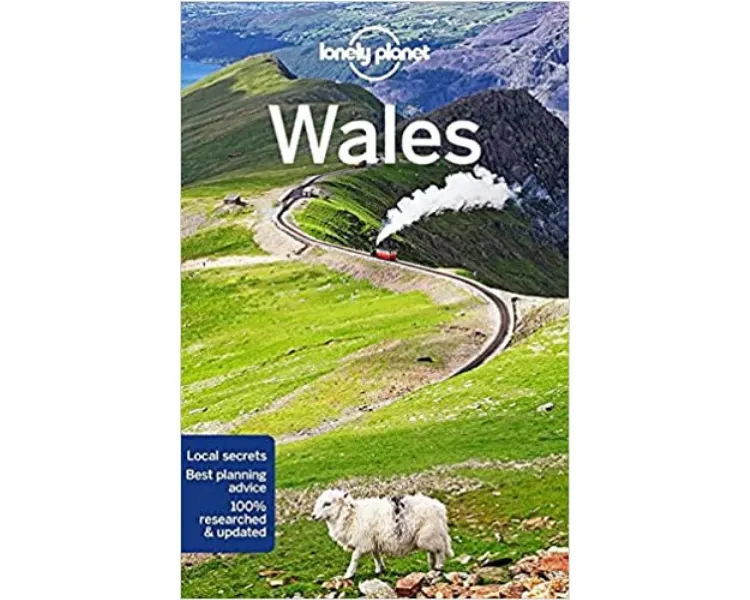
Need a guidebook for Wales? We recommend the Lonely Planet Wales Travel Guide
Hotels – Check out the best prices for Hotels in Newport including the Parkway Hotel and Spa at Cwmbran where I stayed and The Priory Hotel in Caerleon at Caerleon where I had lunch.
If you are looking for a guidebook for your visit to Wales, we recommend the Rough Guide to Wales or the Lonely Planet Wales Travel Guide
Pin it
This article was sponsored* by Over the Bridge to Wales who provided the hotel stay and experiences mentioned.
* More info on my policies page
This article is originally published at Heatheronhertravels.com

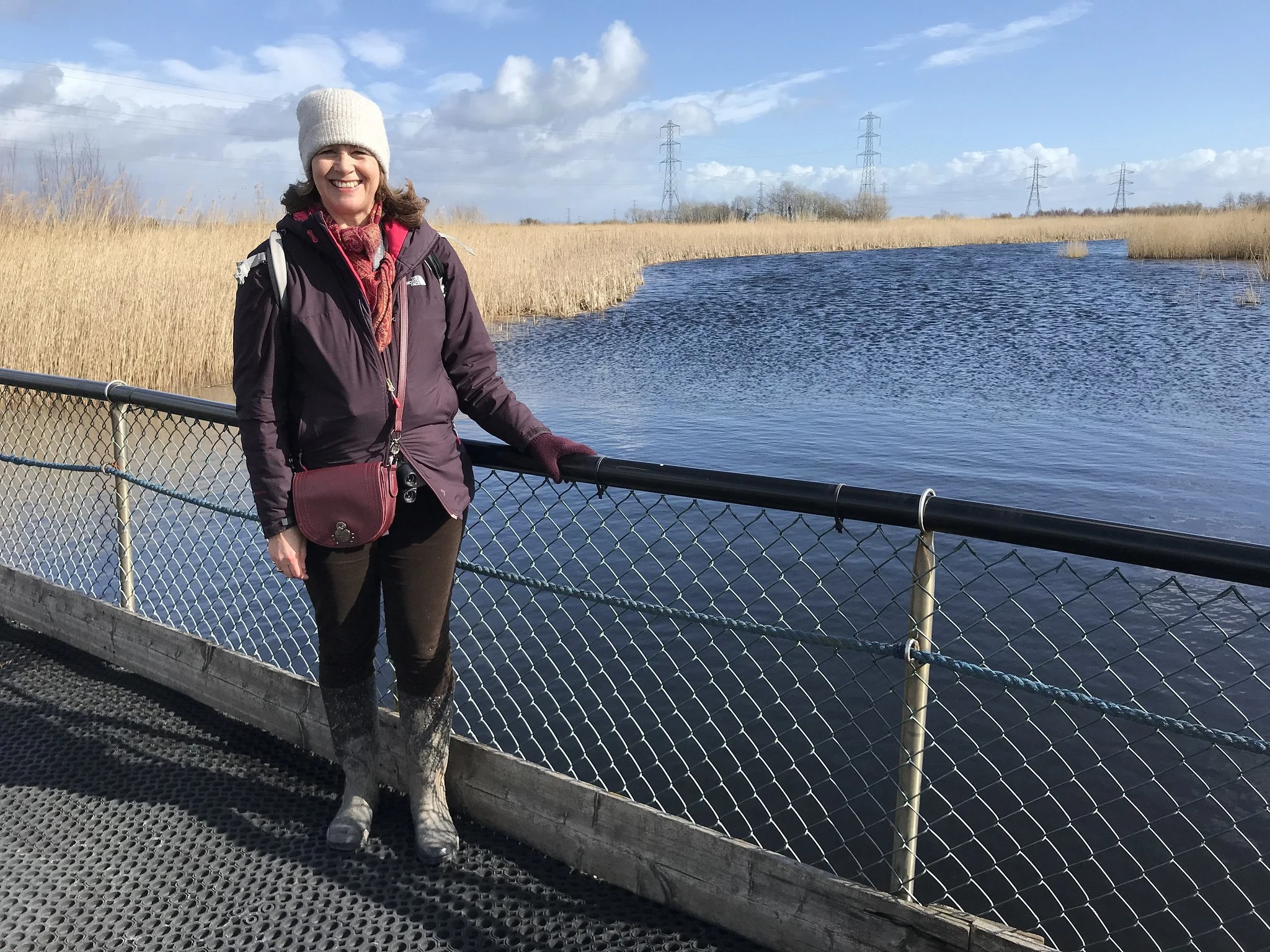
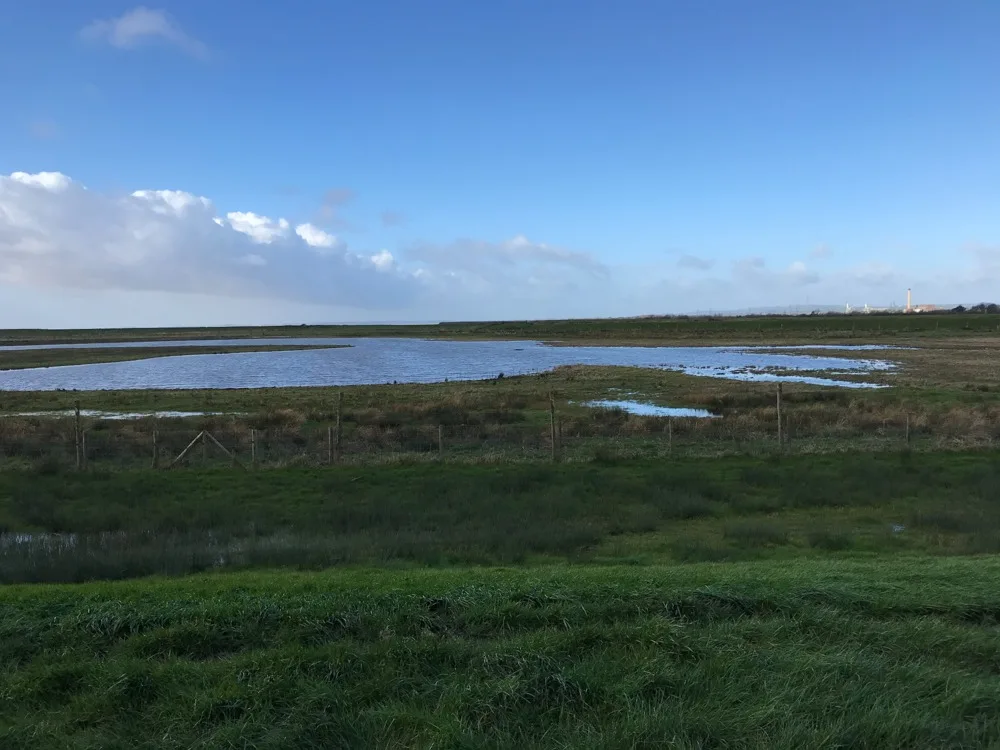
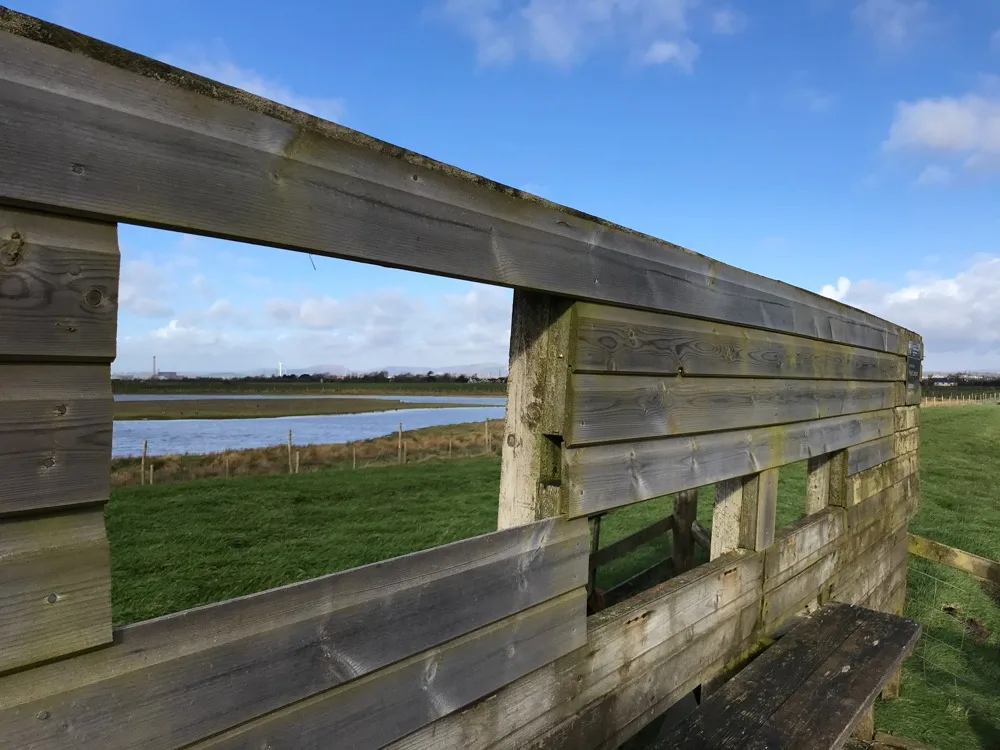
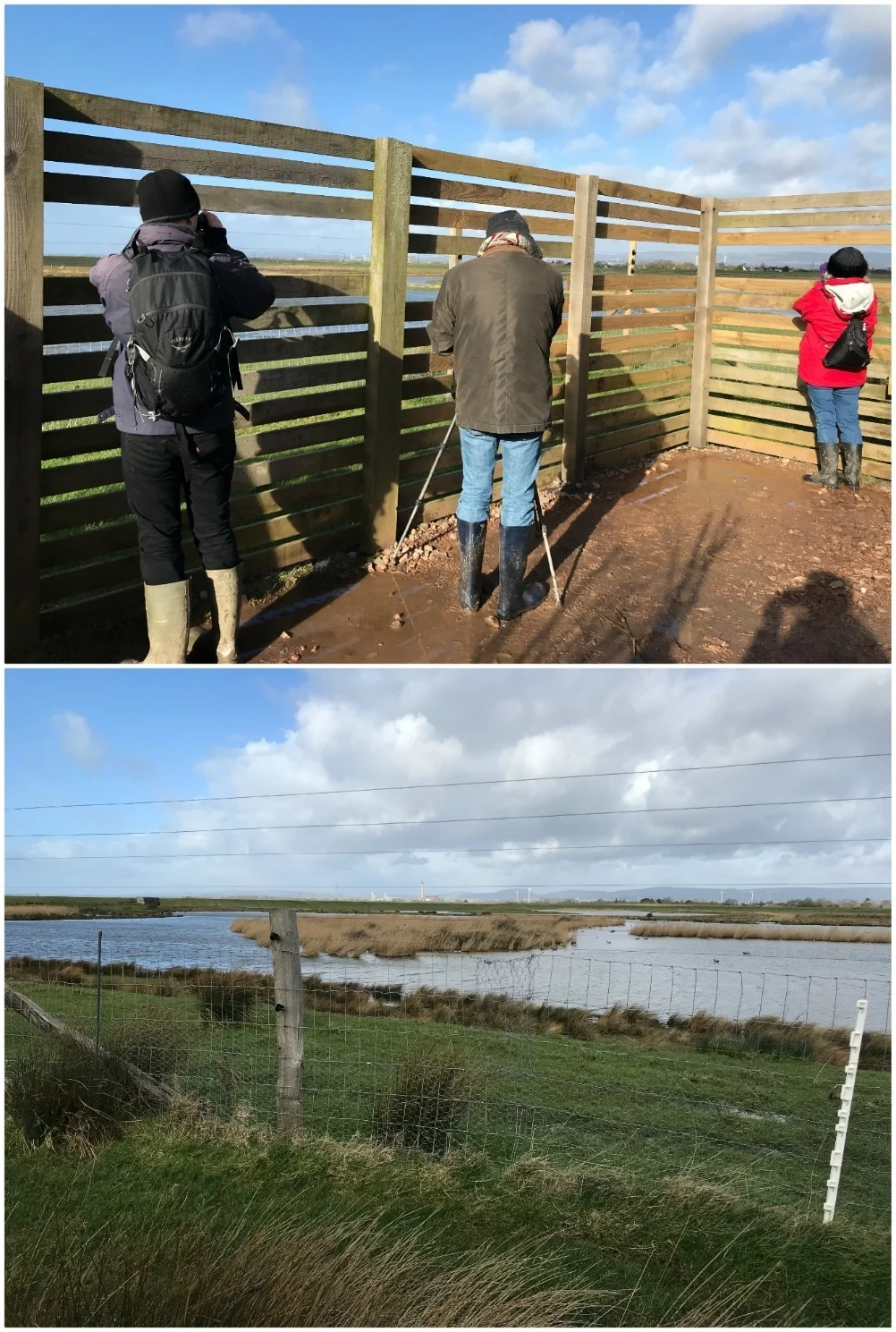
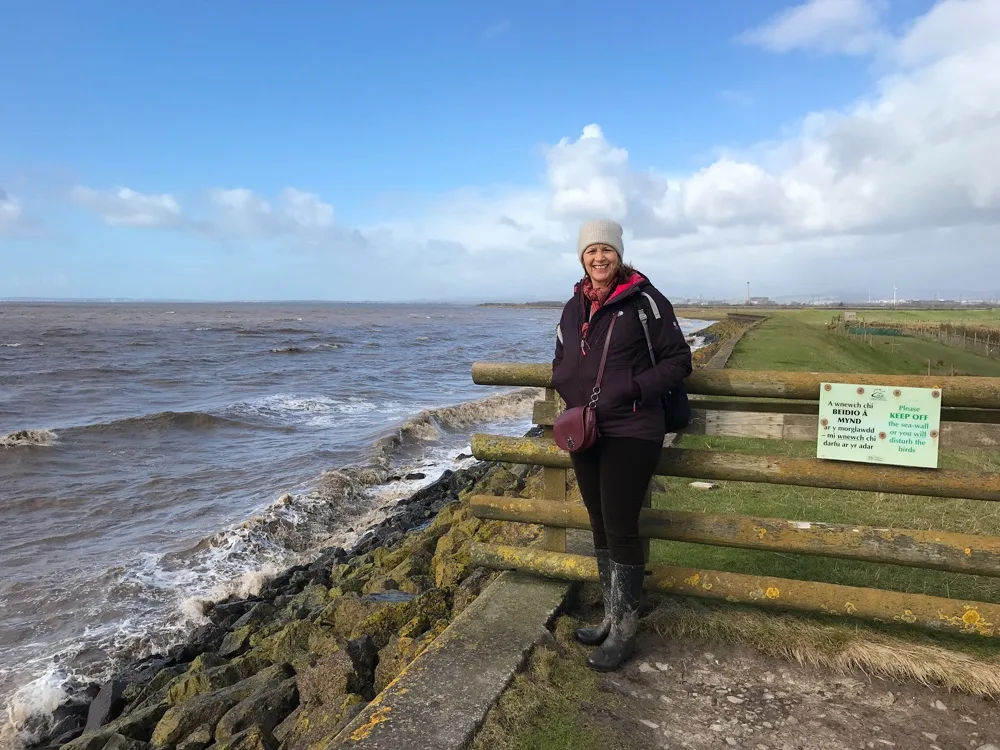
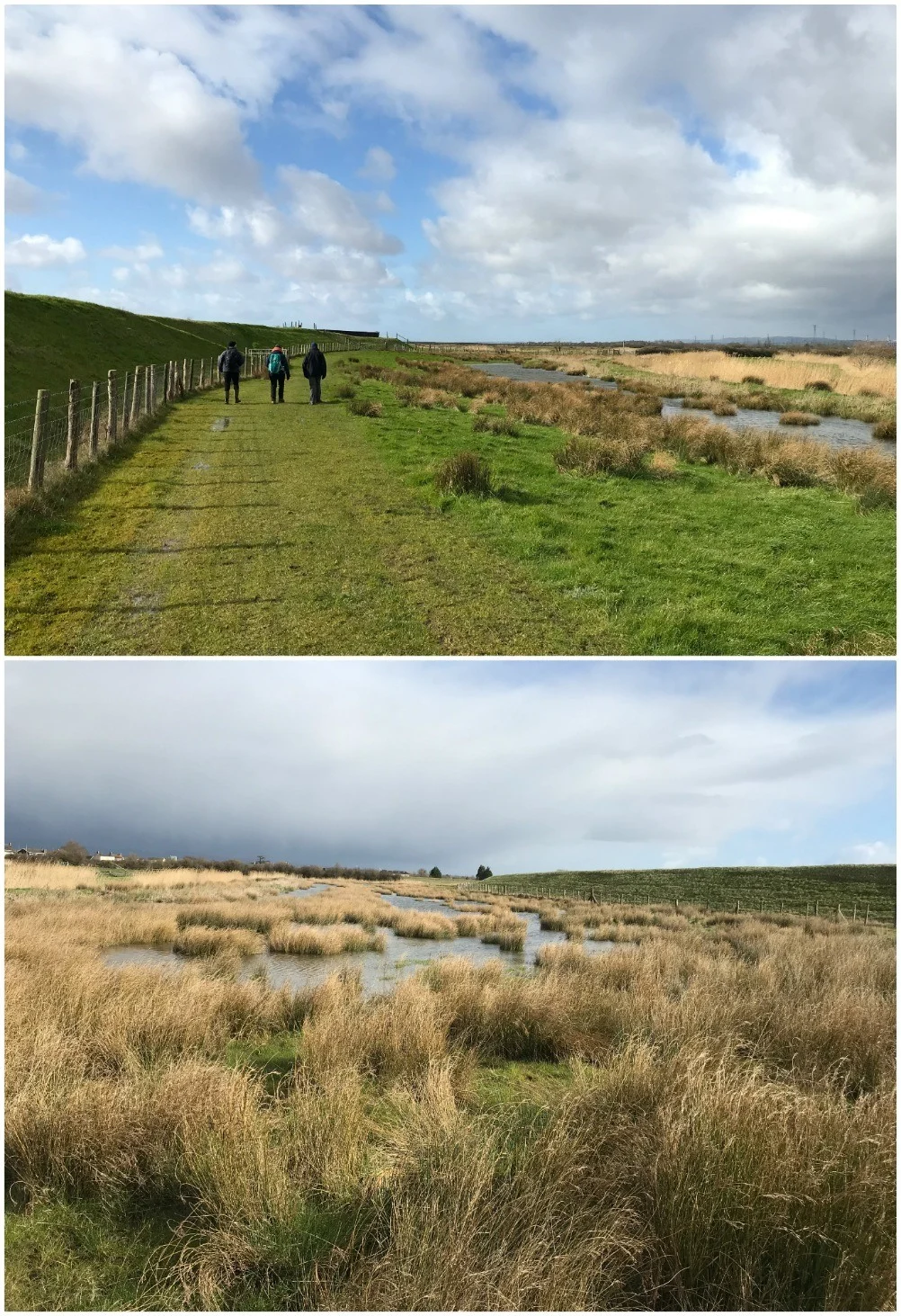
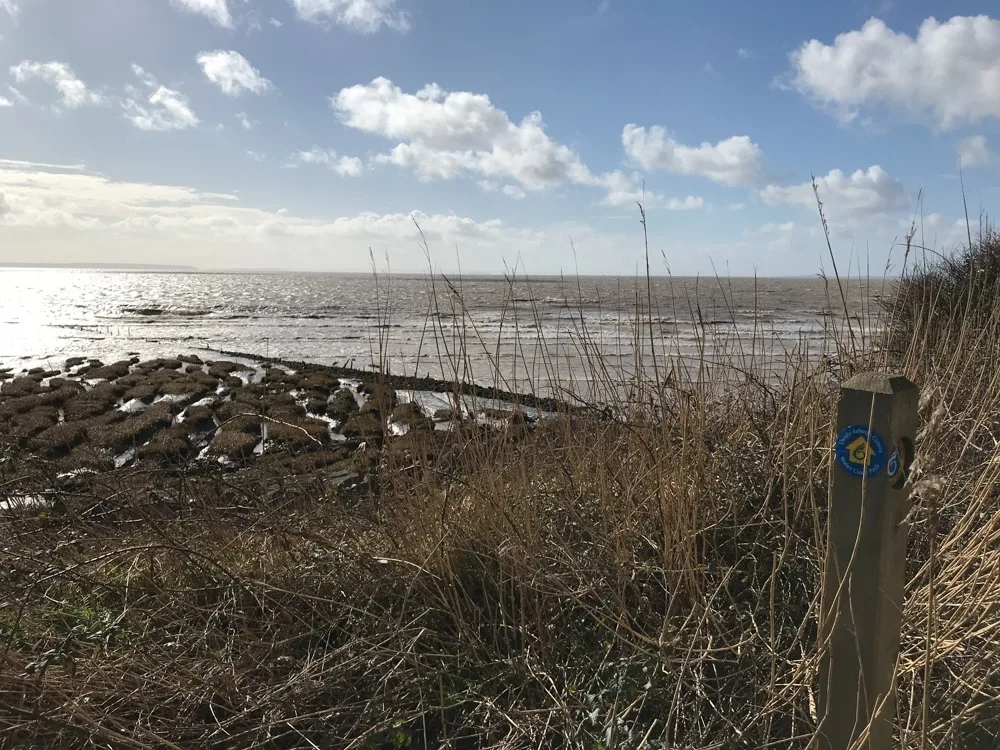
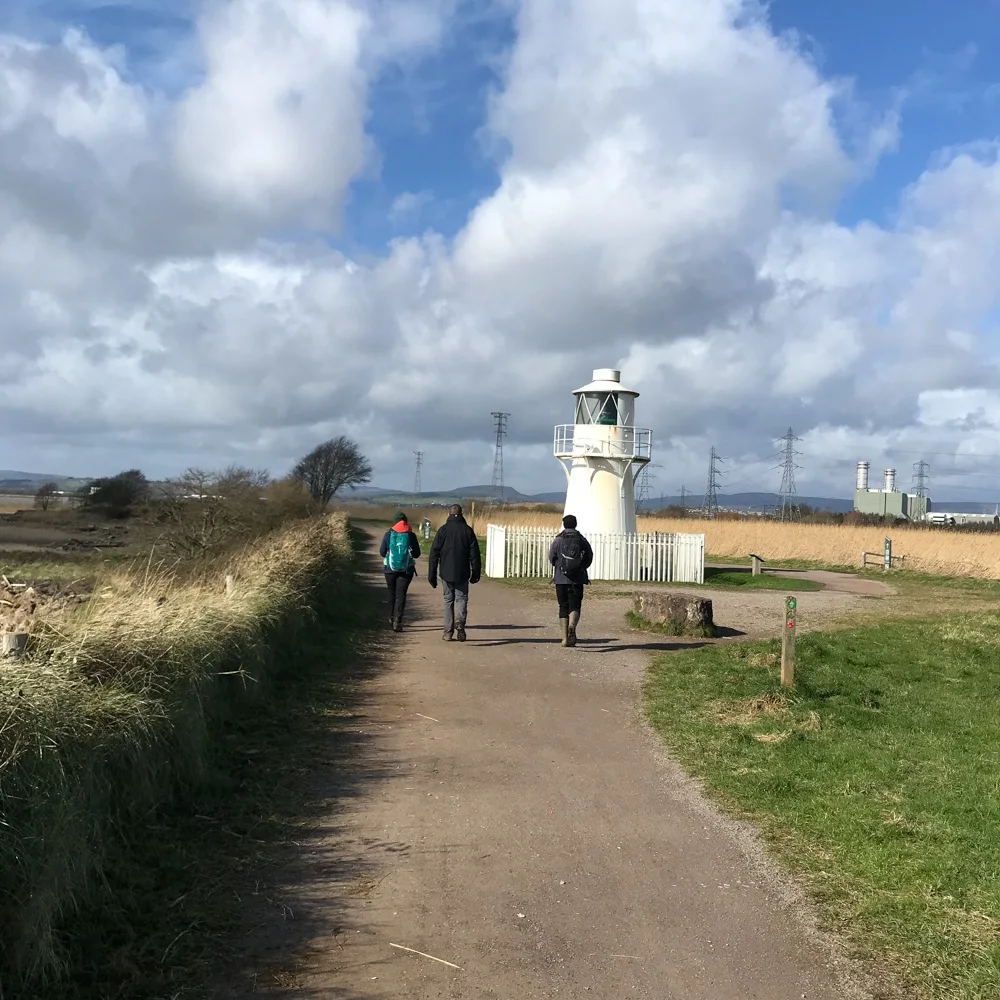
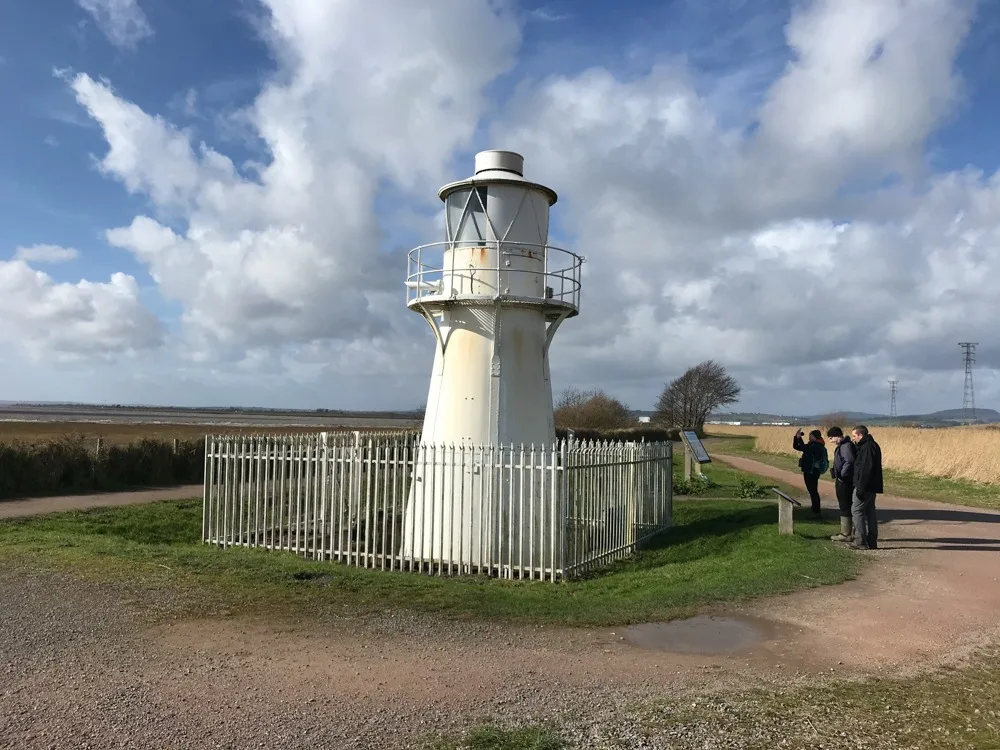
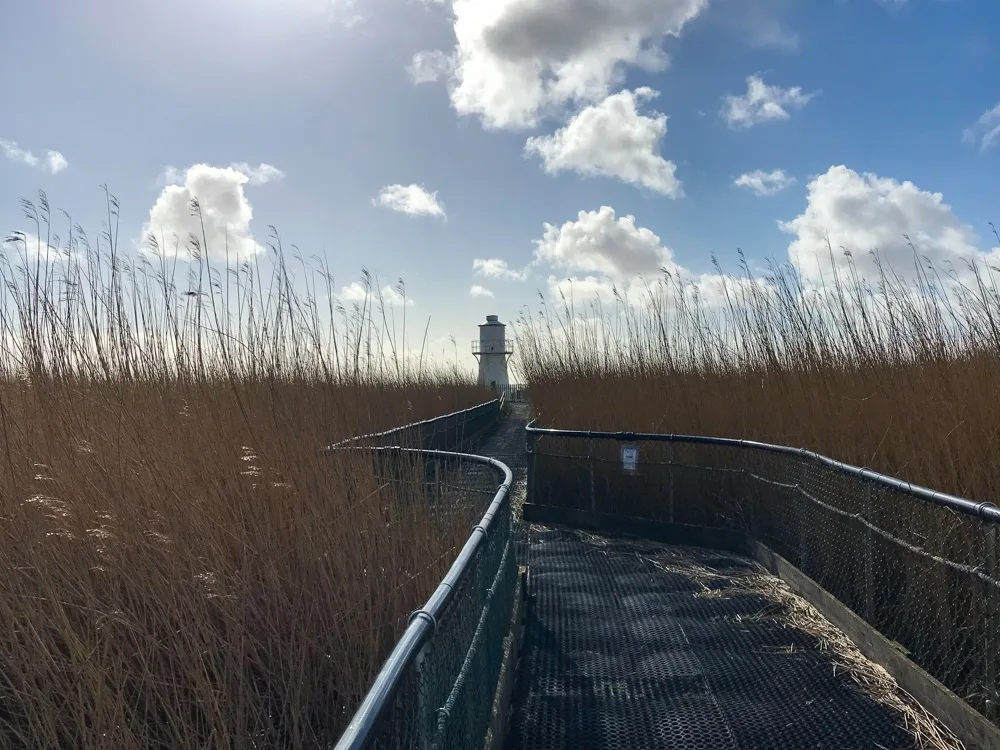
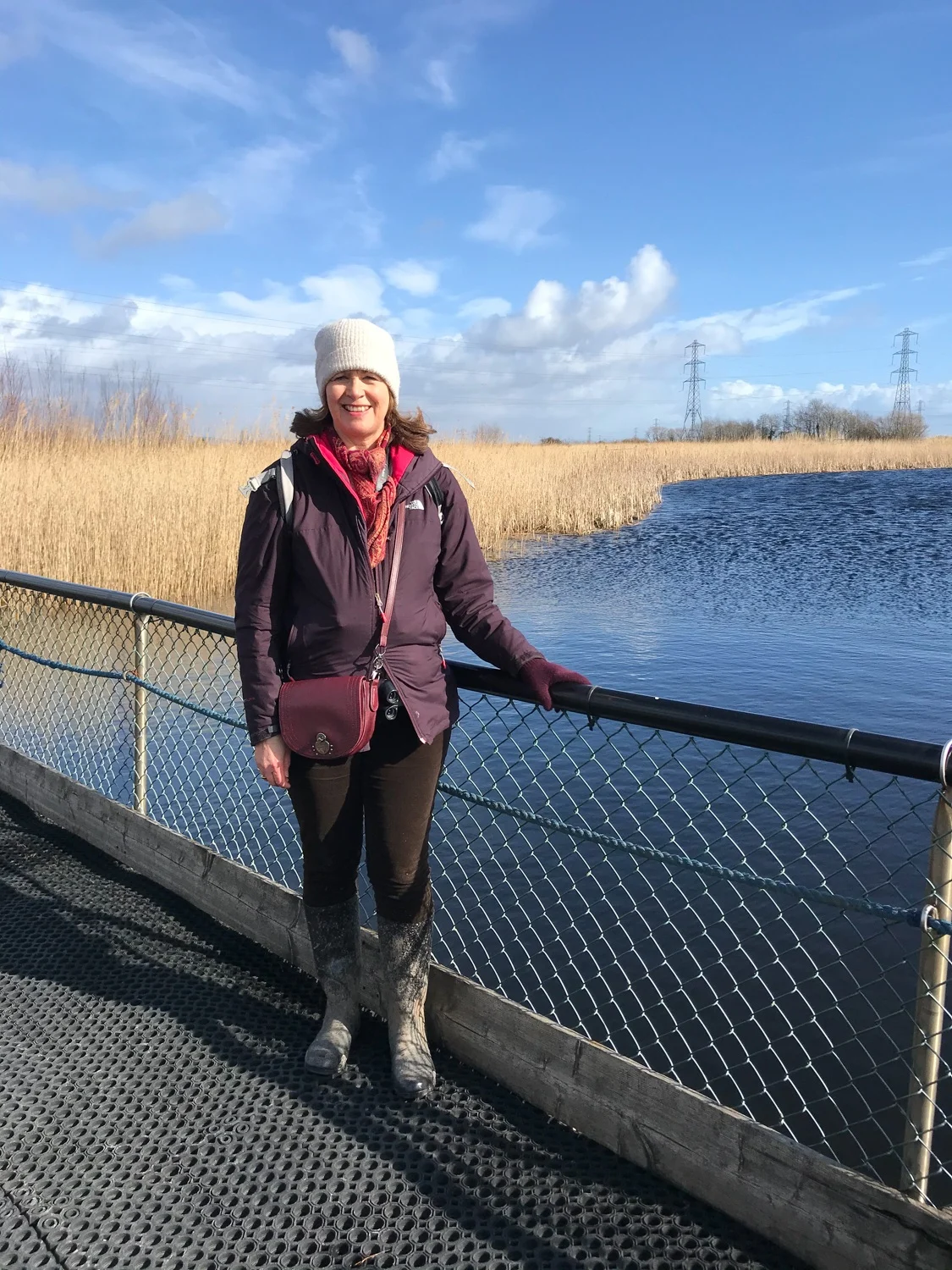
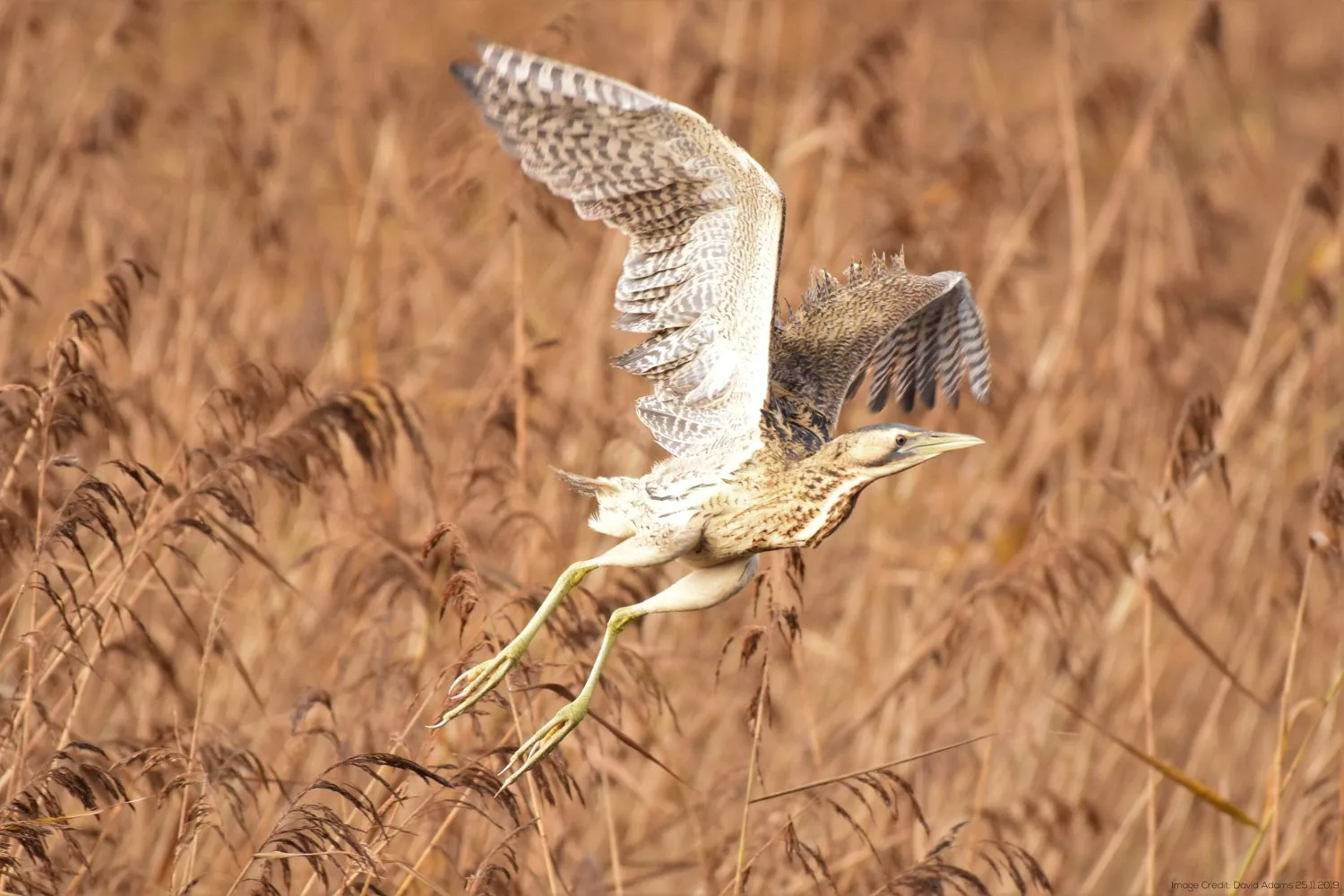
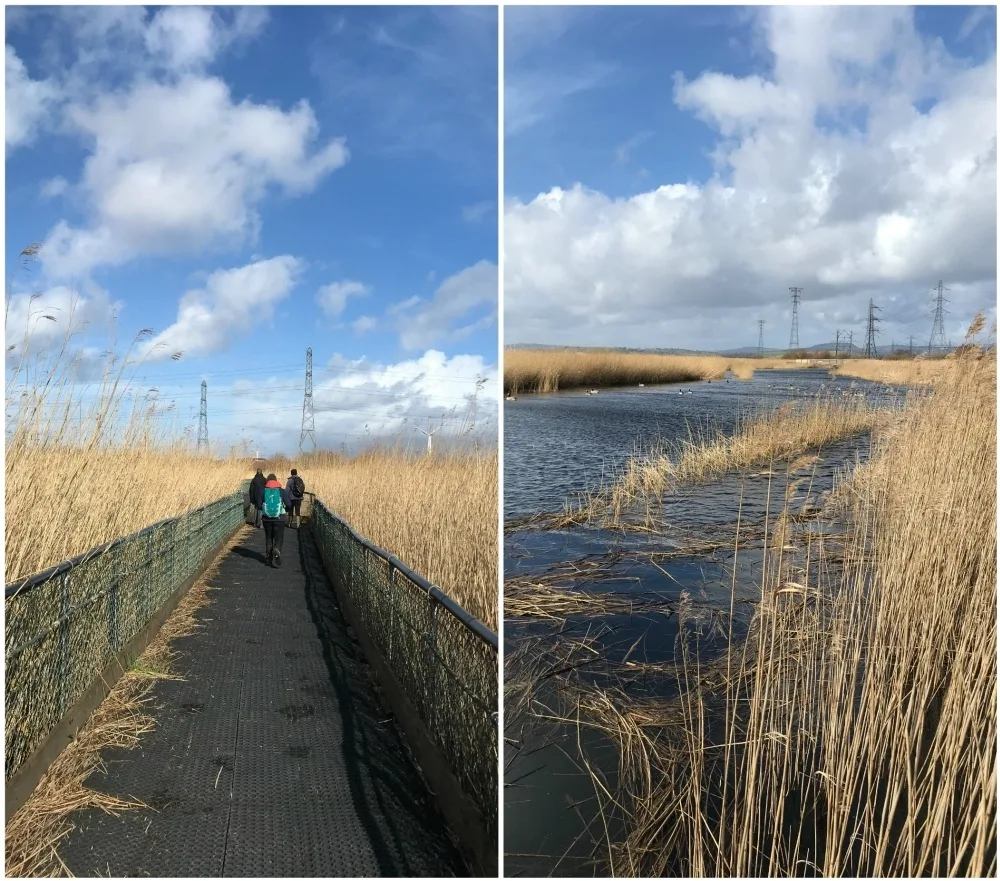
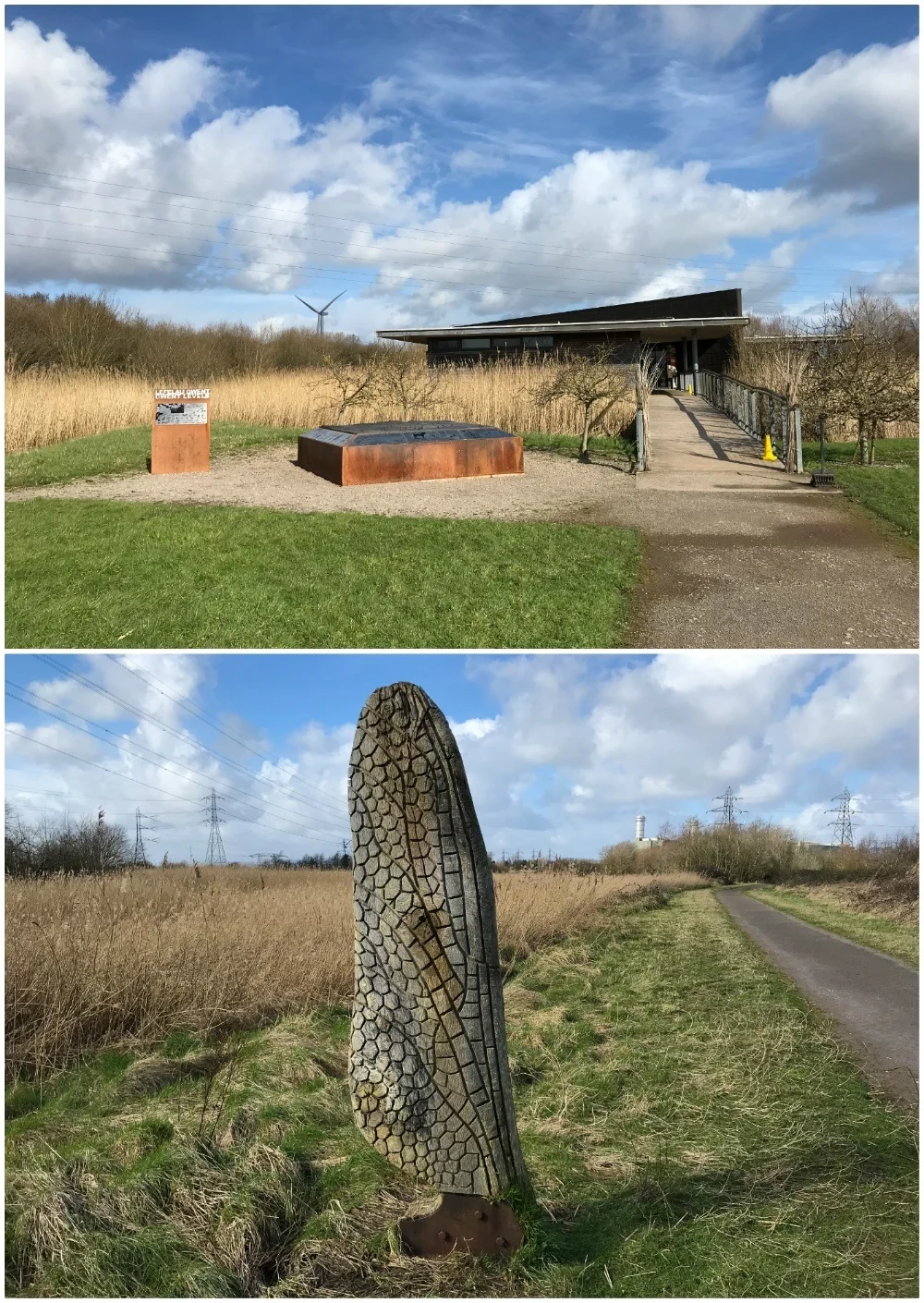
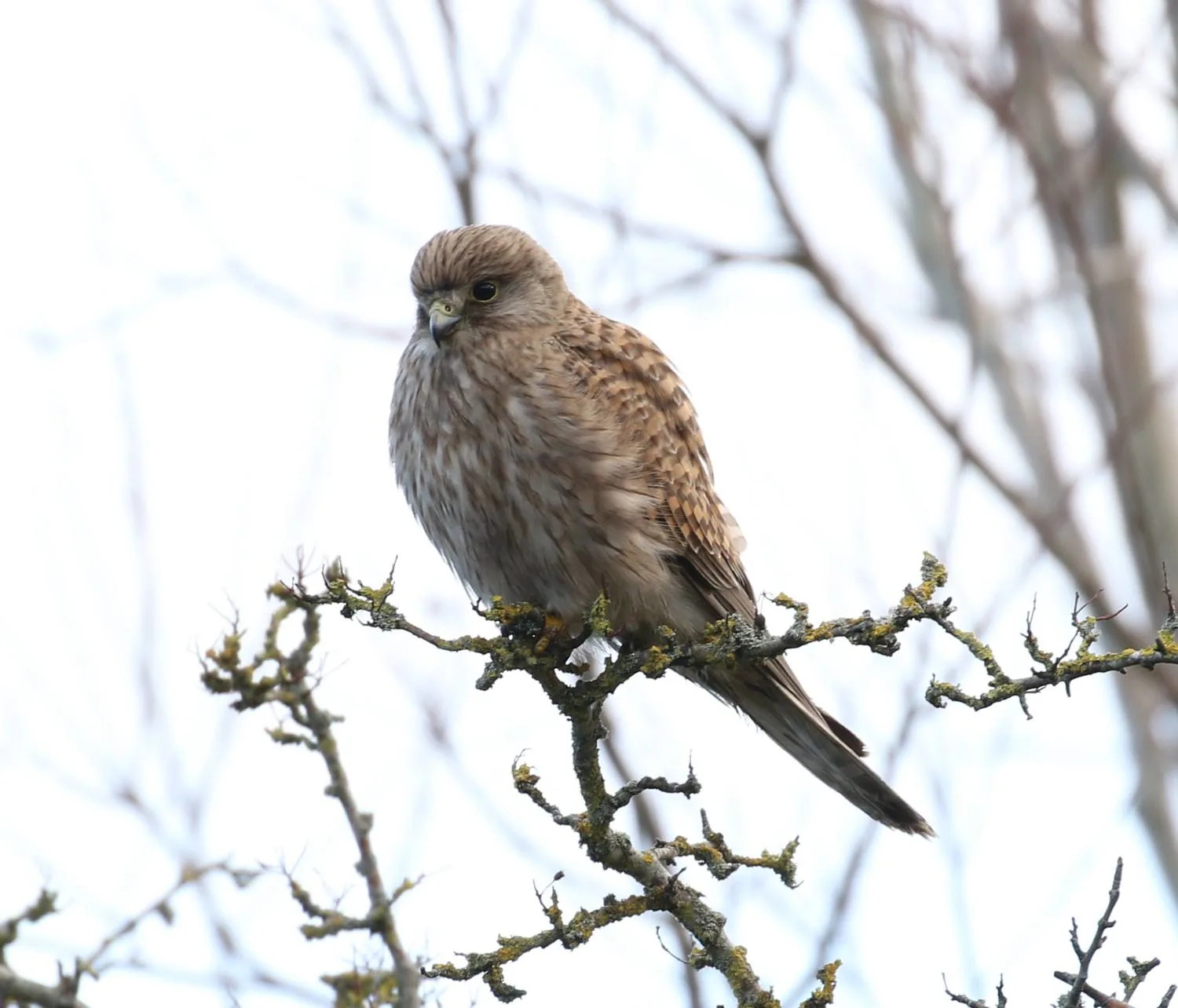
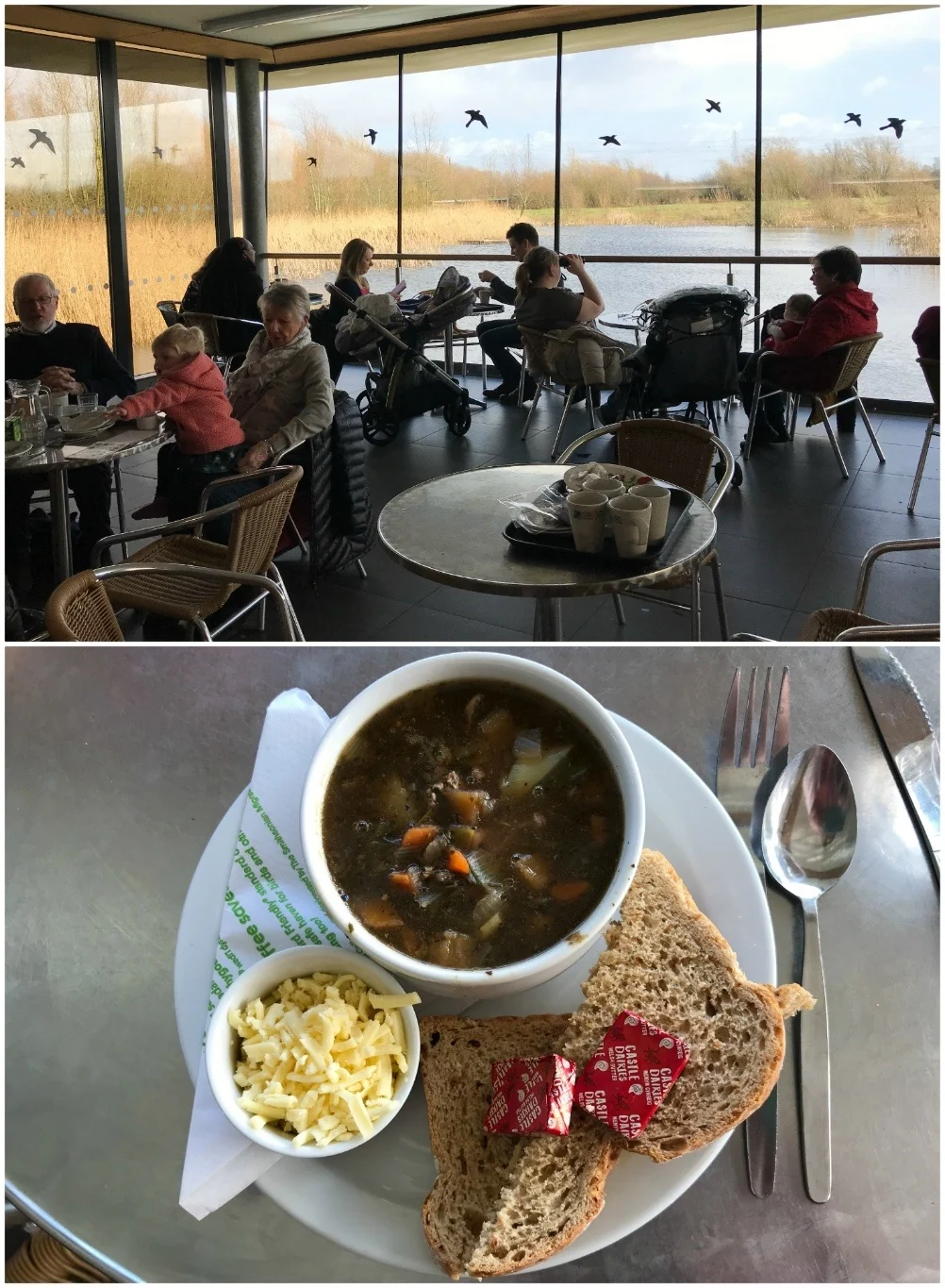
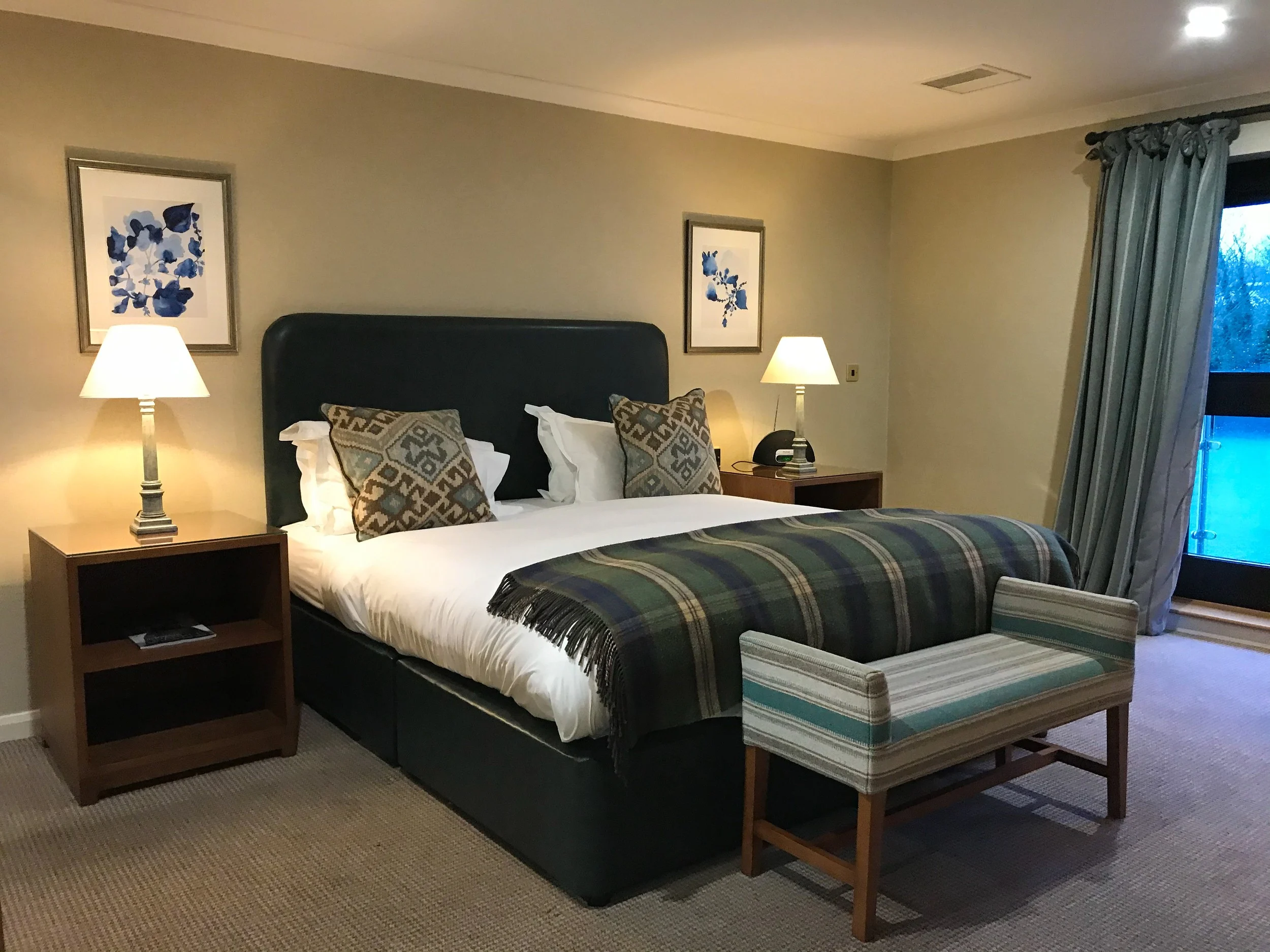
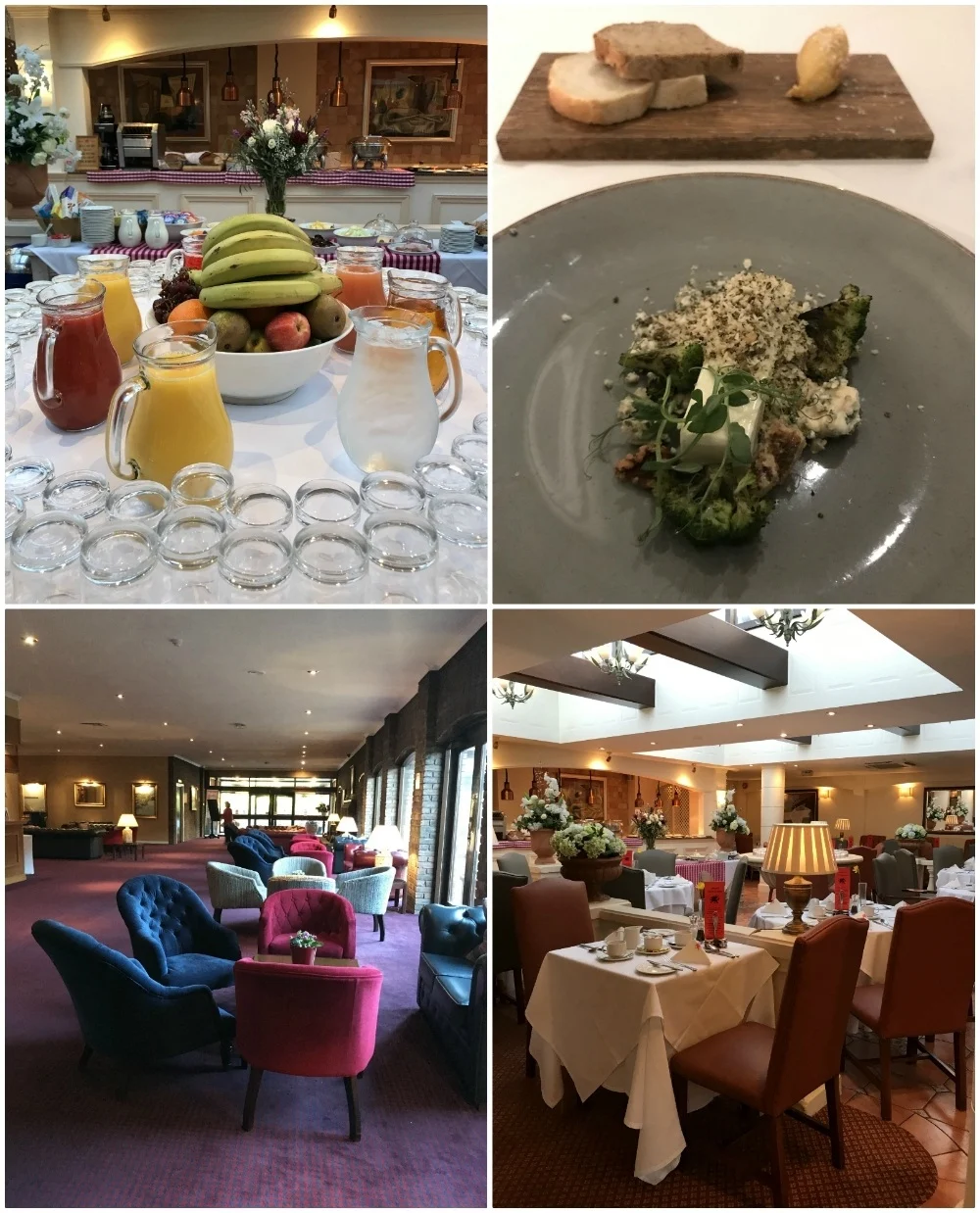
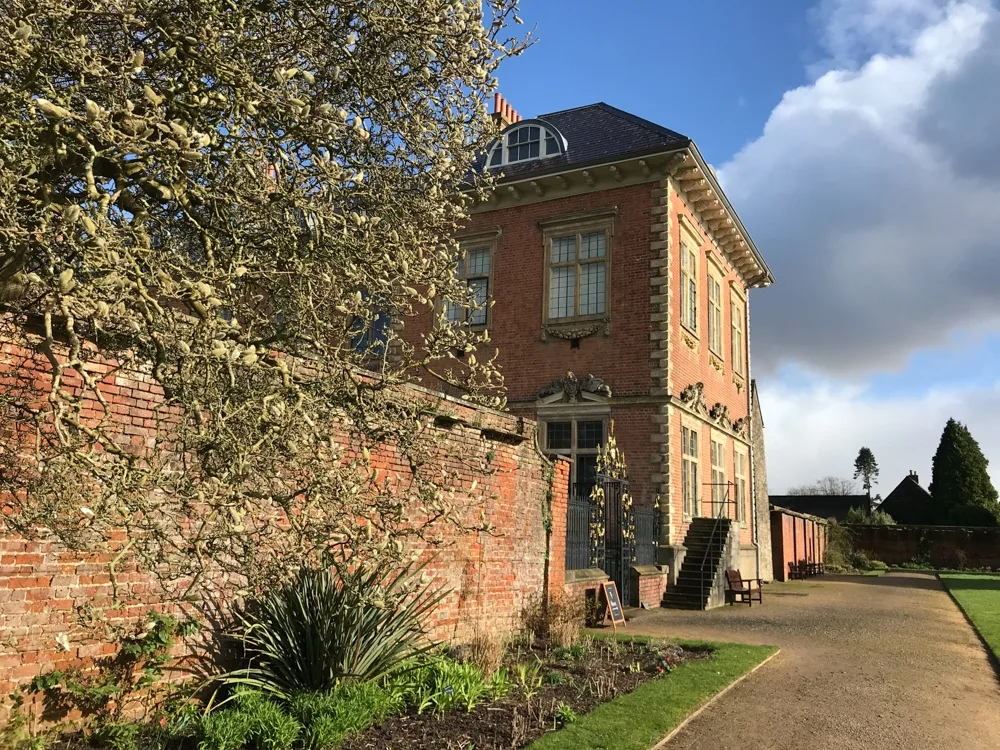
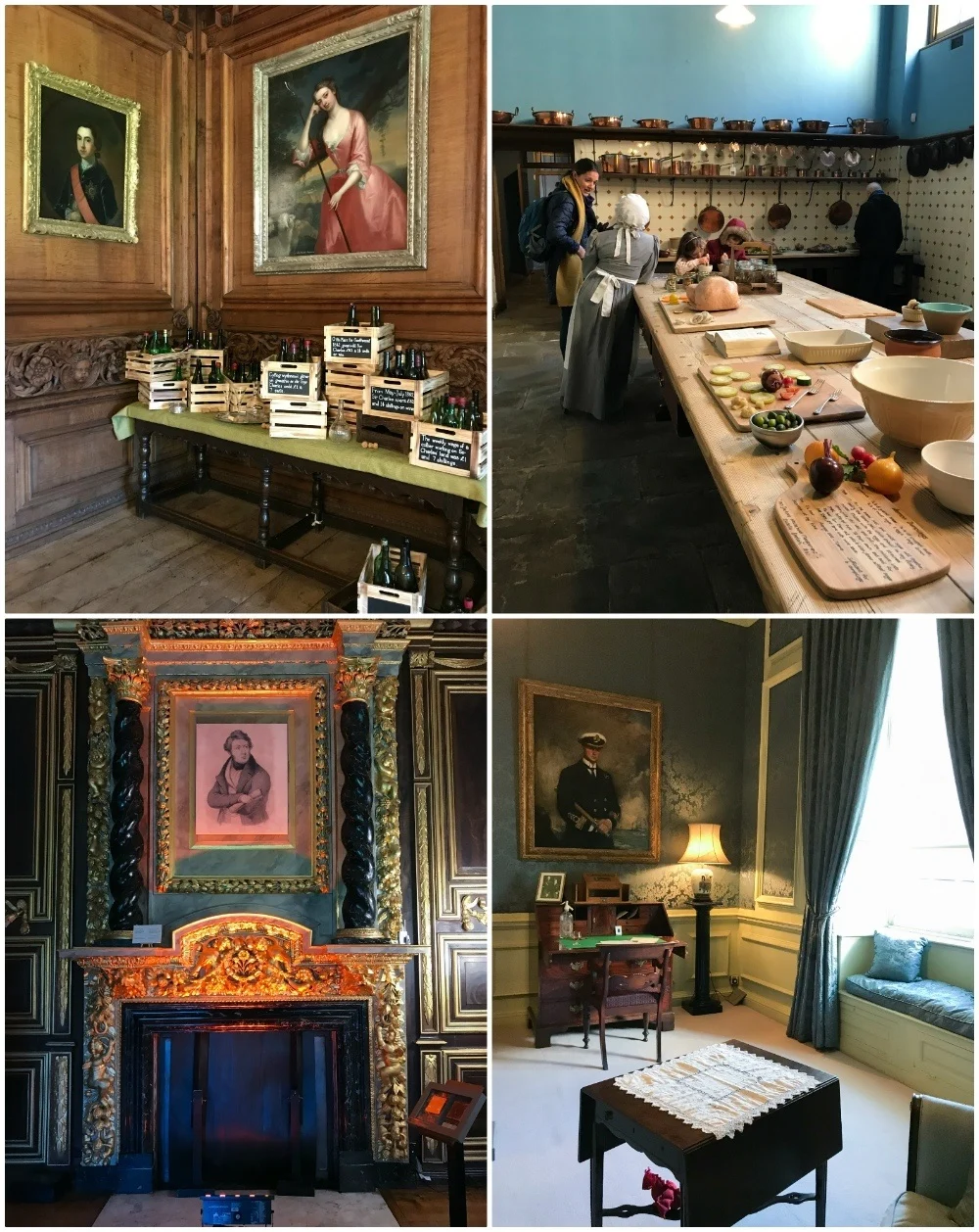
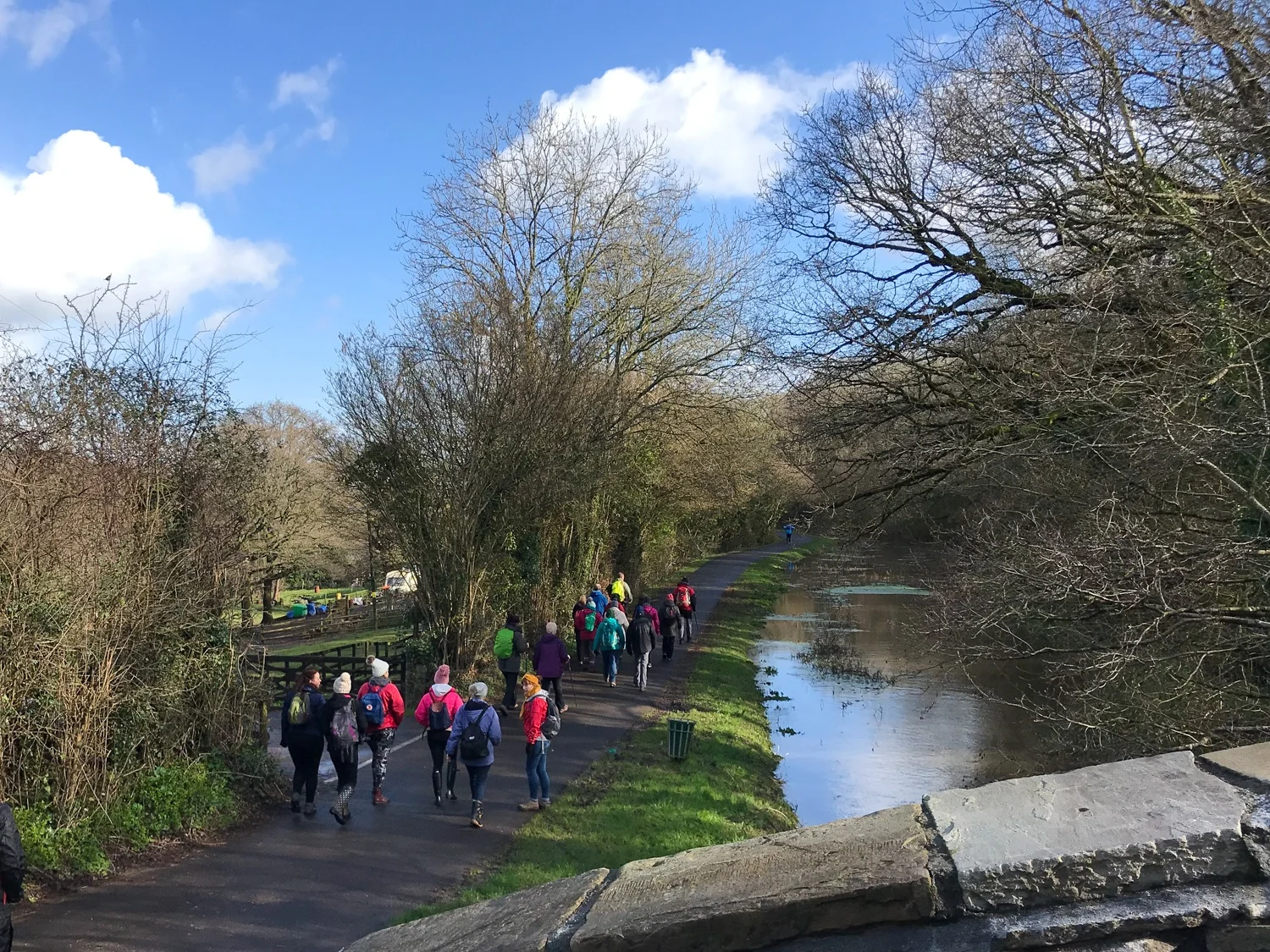
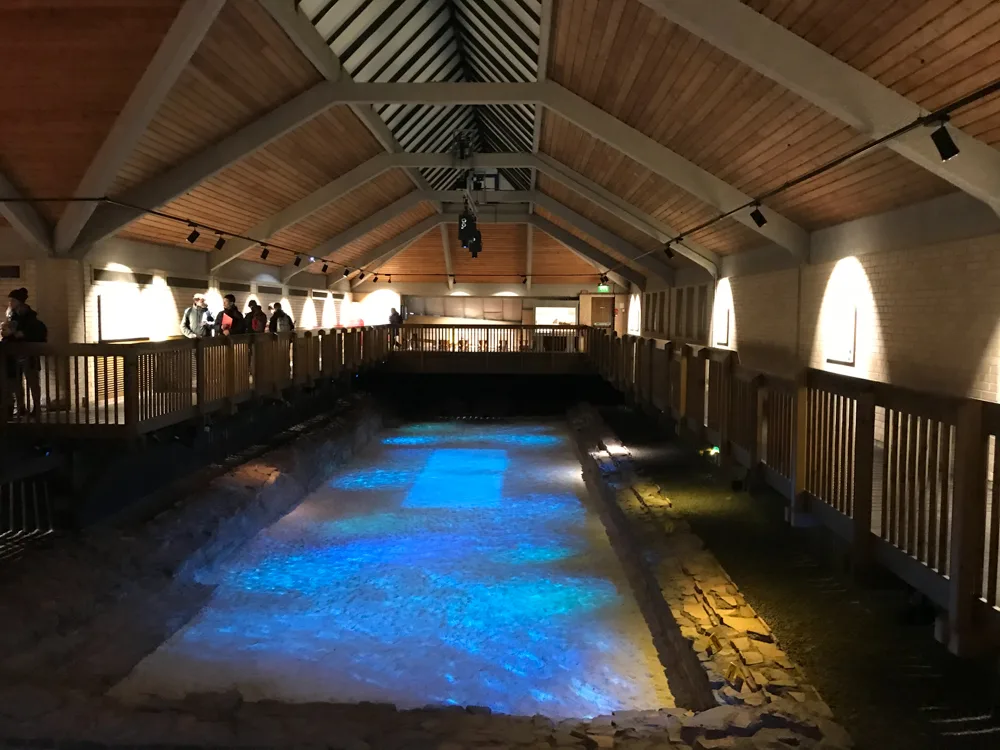
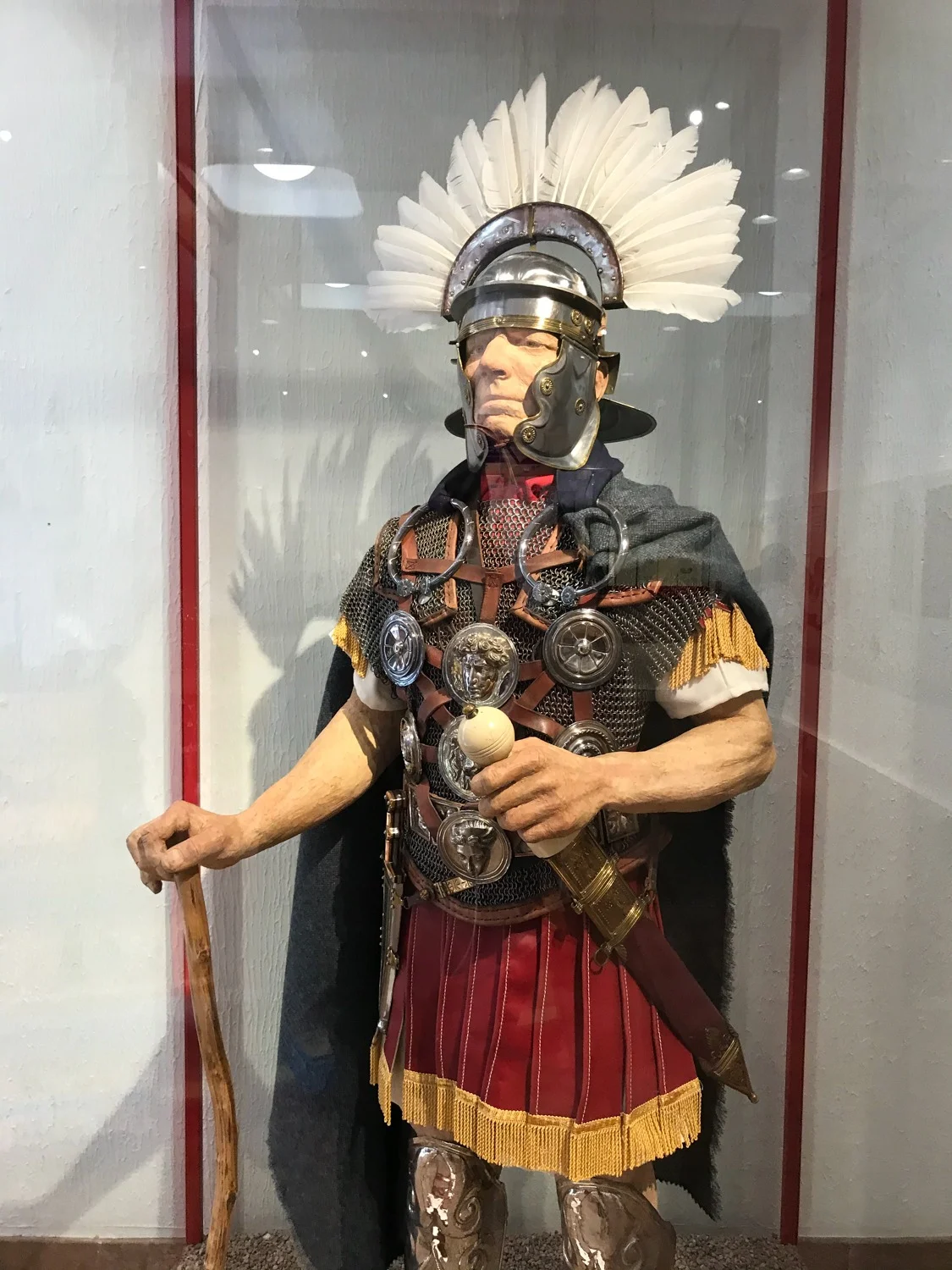

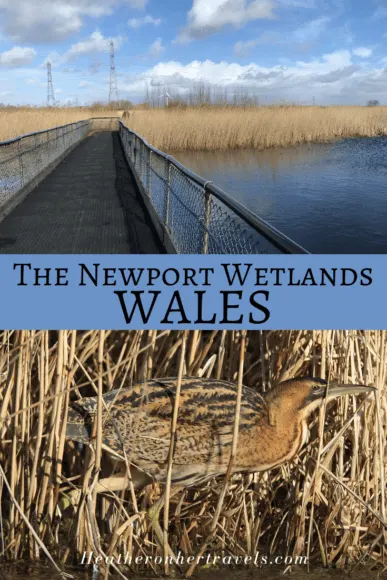
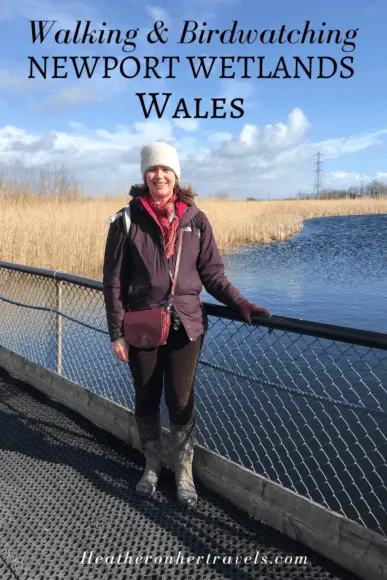

Rodrygo
Wednesday 22nd of April 2020
Wow- what an extensive article, thank you! I was just down in Cardiff Bay Wetland Reserve the other day and it is so pretty at sunset. Thanks for the article.